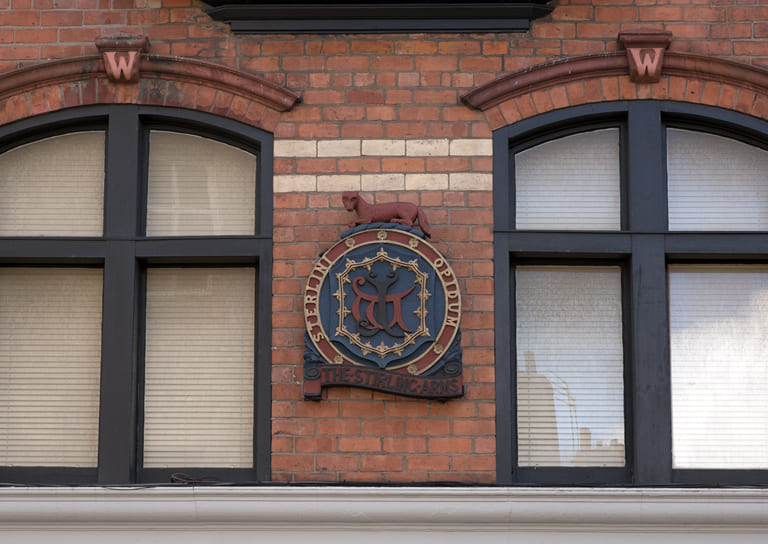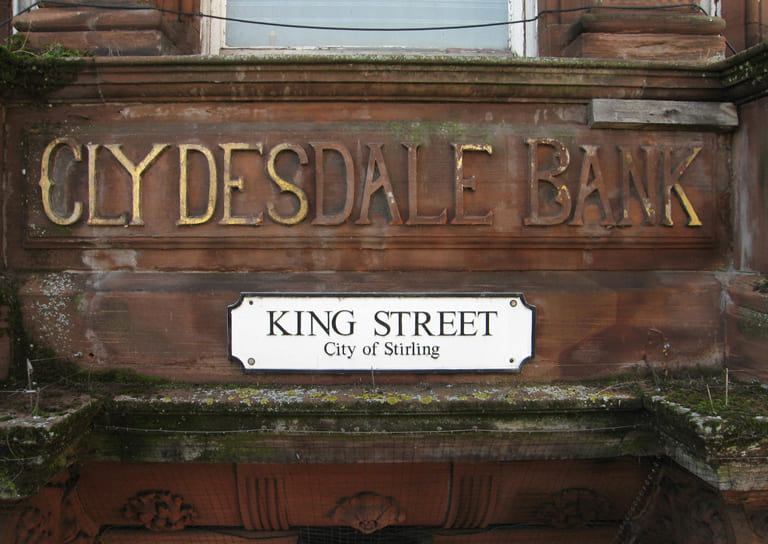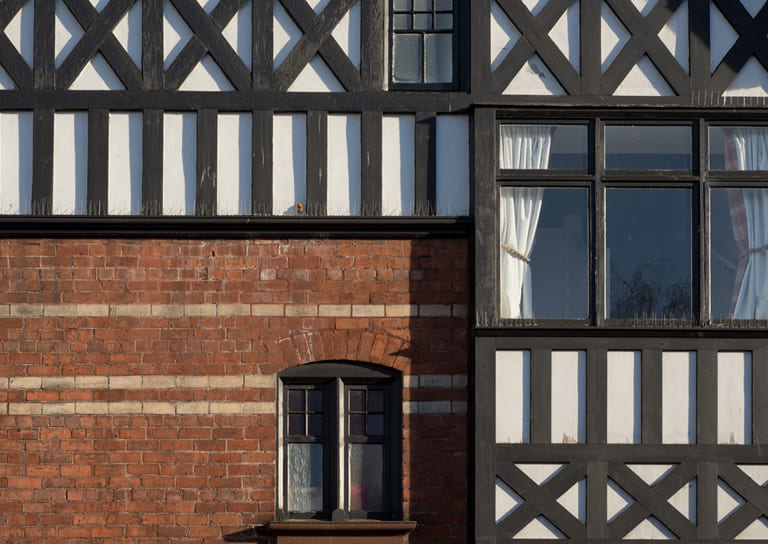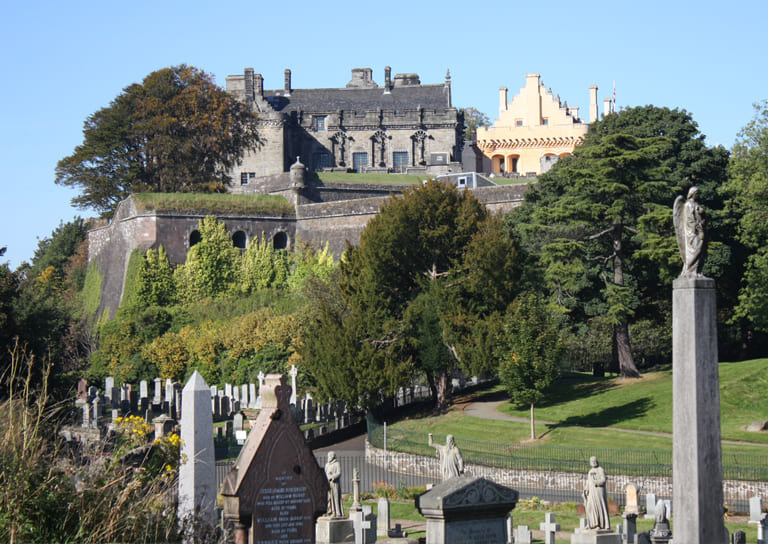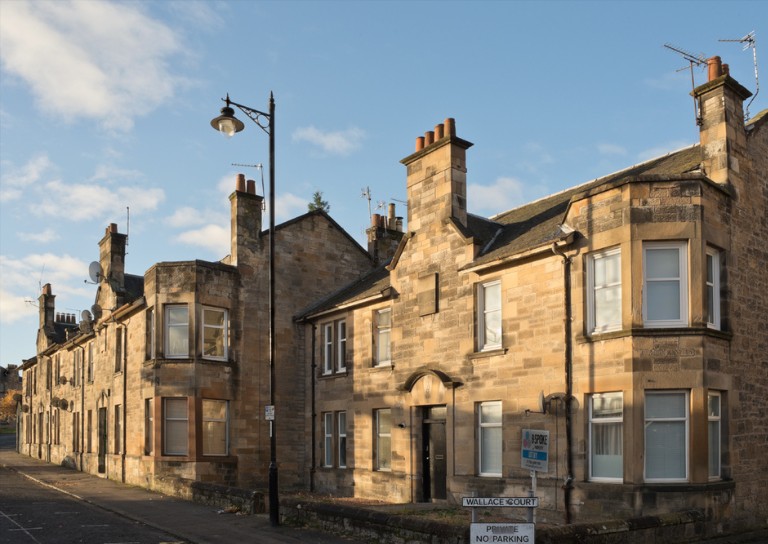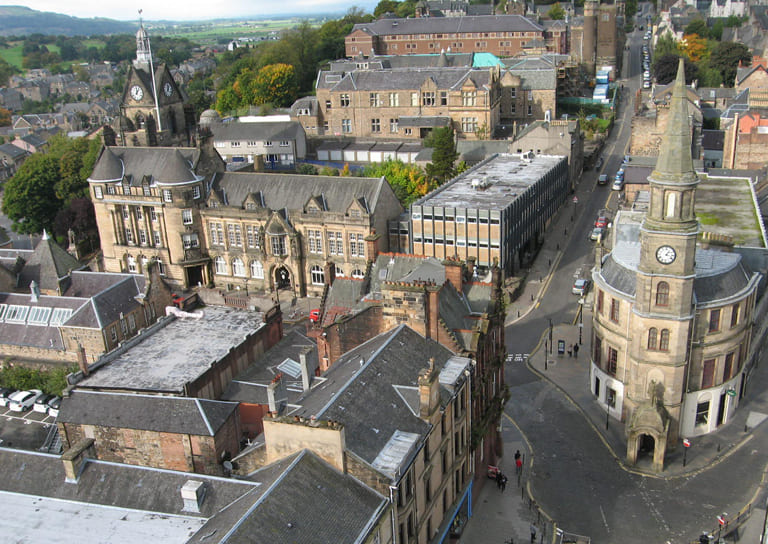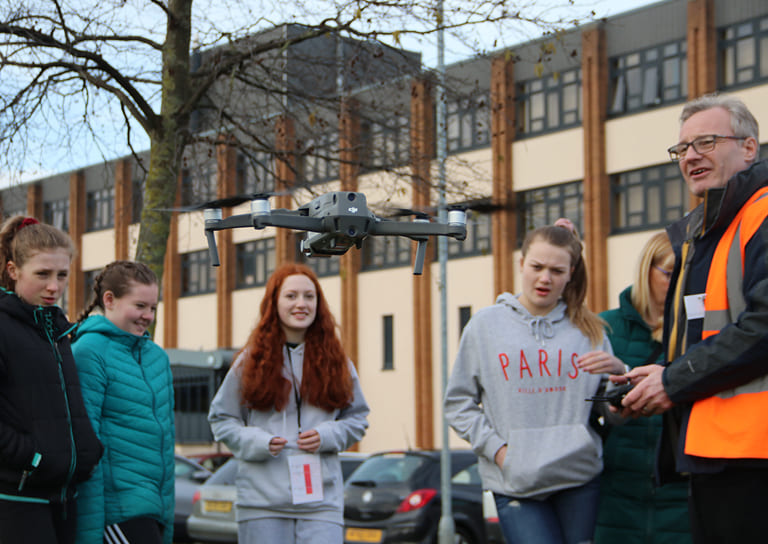- Home
- Our Work
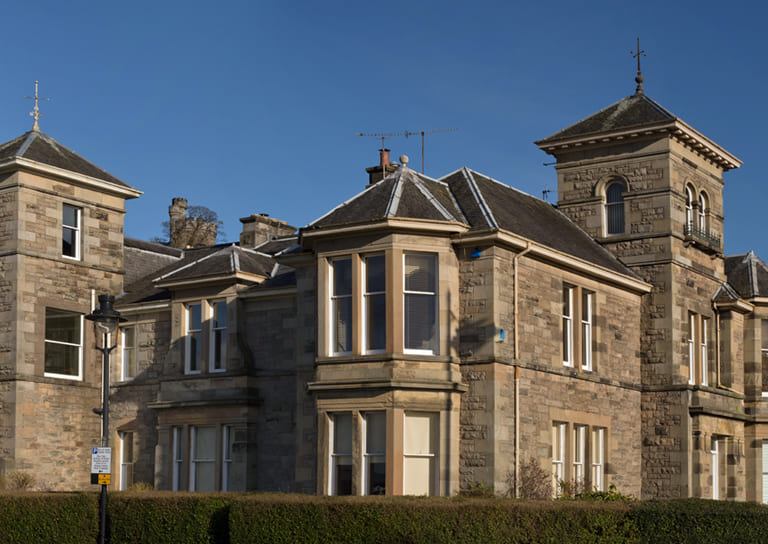
- Stirling's Story
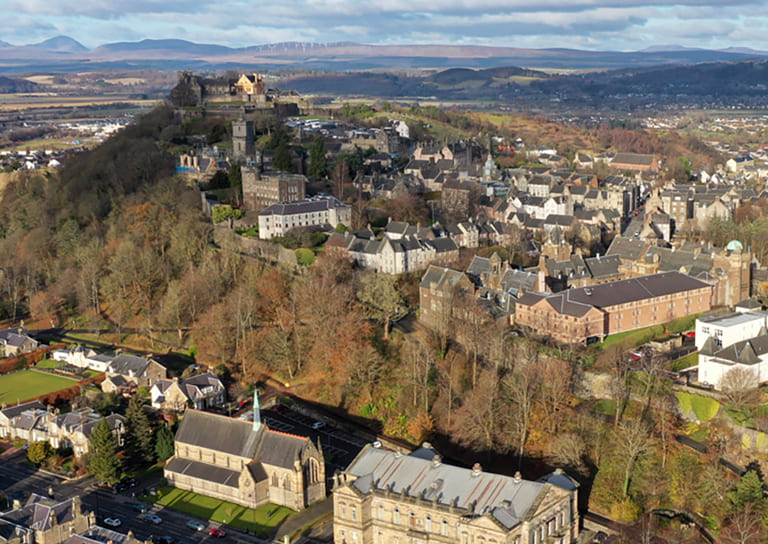
- Blog
- Women in Construction at Bannockburn House
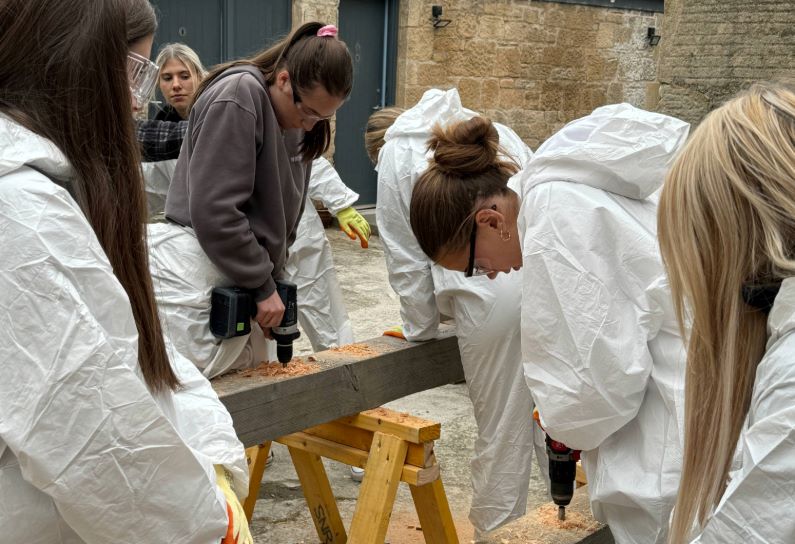
- Avenues to the Past: Stirling’s Historic Streets Exhibition
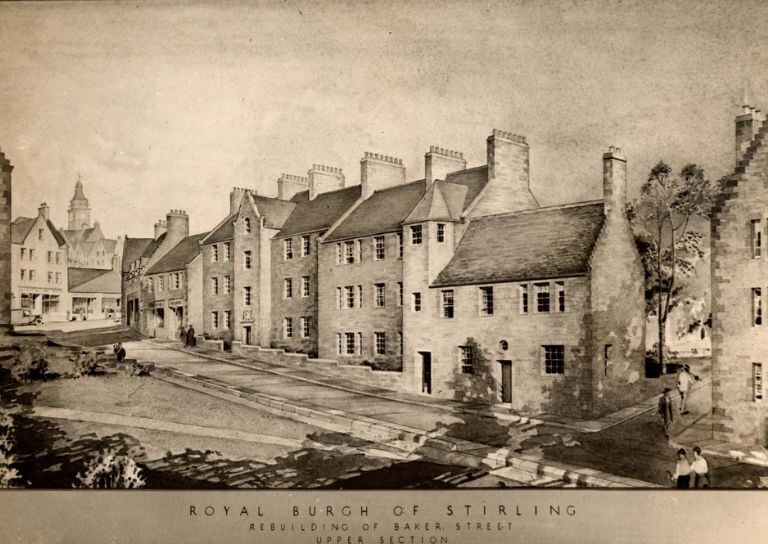
- Stirling Business Awards 2025

- What is a Conservation Area
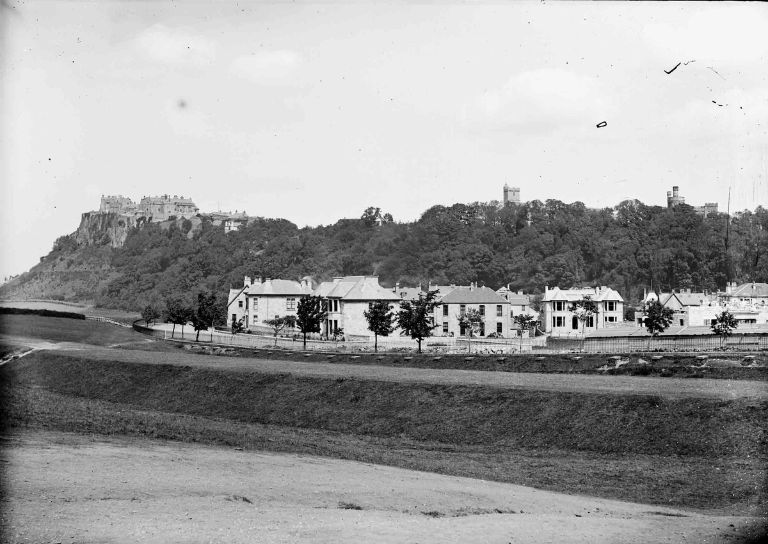
- 20 Great Buildings of Stirling
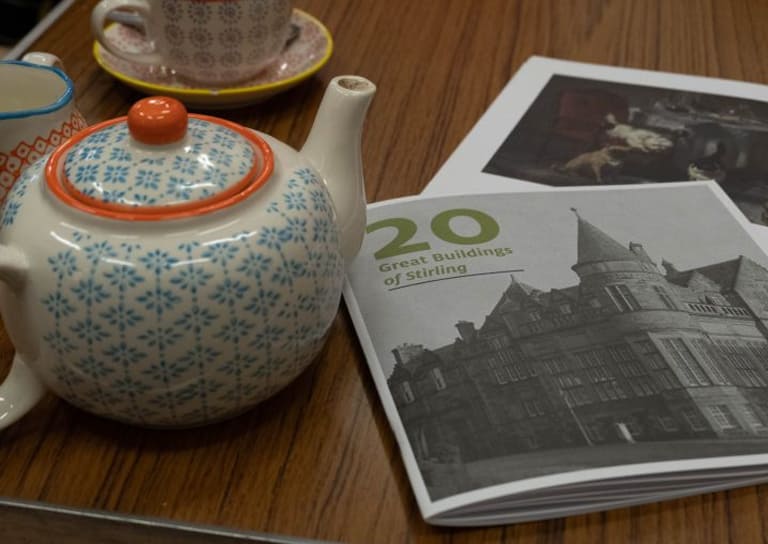
- Reminiscence Art Project
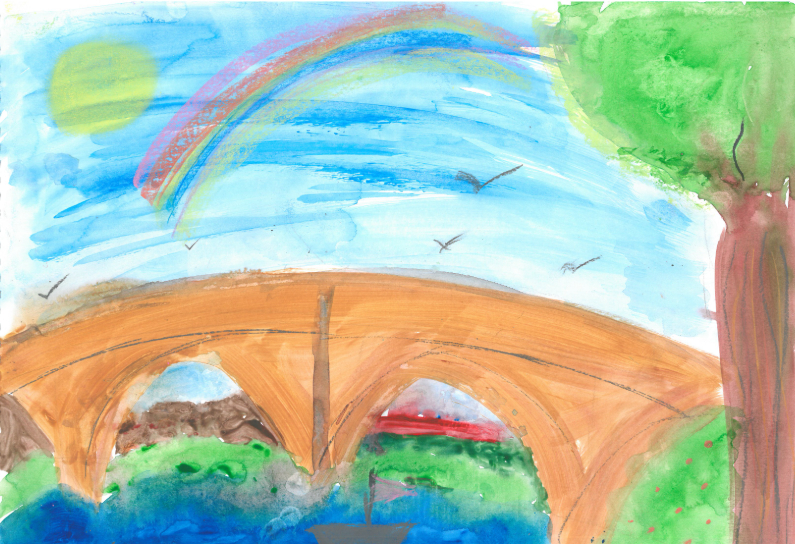
- On the European Stage: Preserving by Maintaining conference, Bratislava
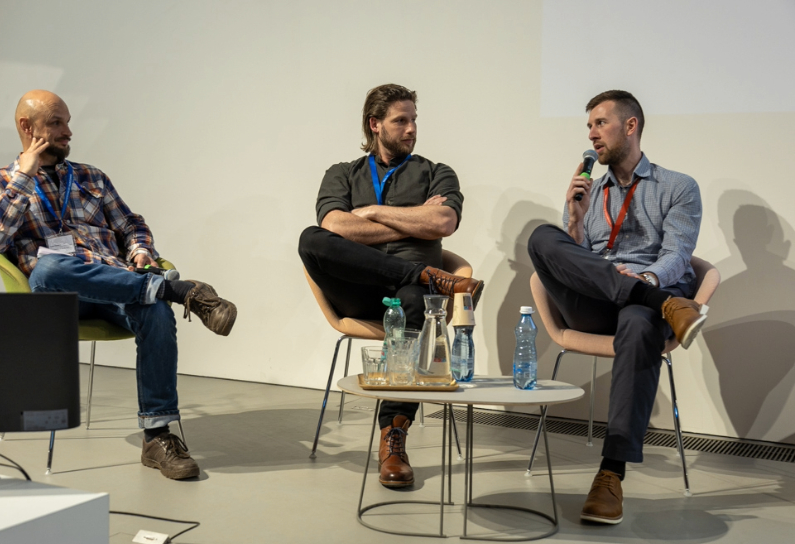
- The Abolition Movement in Stirling
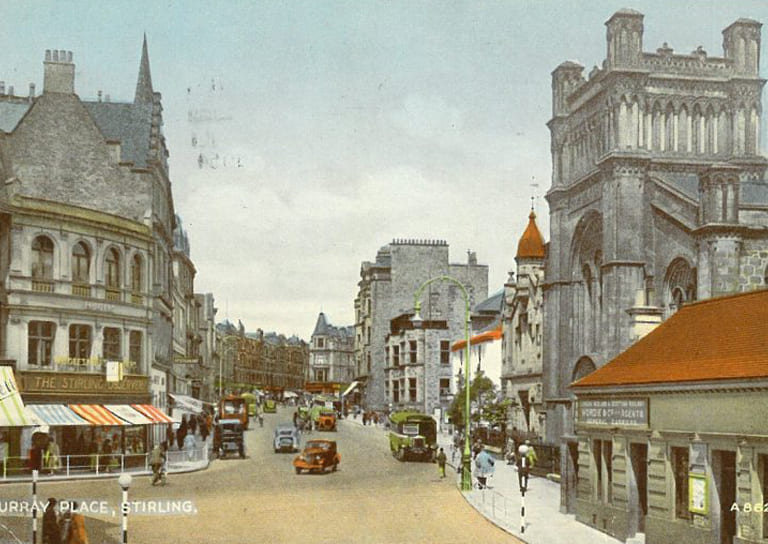
- Practical Workshop on Retrofitting Insulation with A. Proctor Group
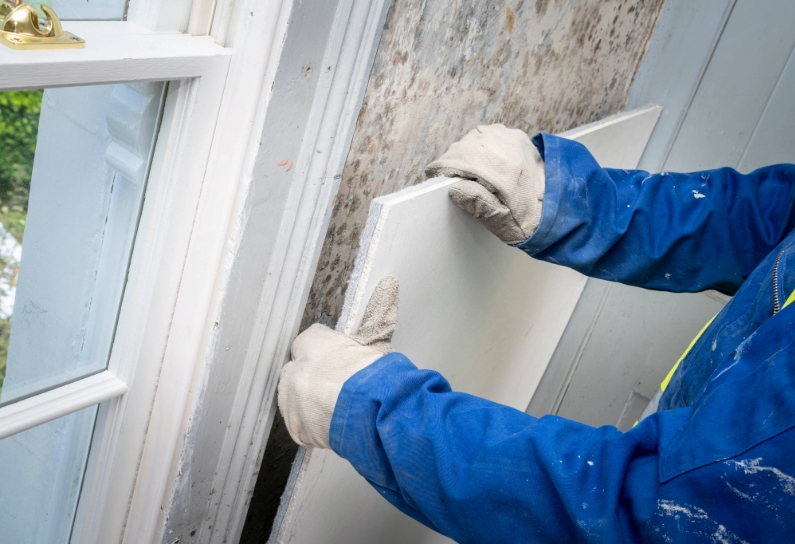
- Walker Family Visit
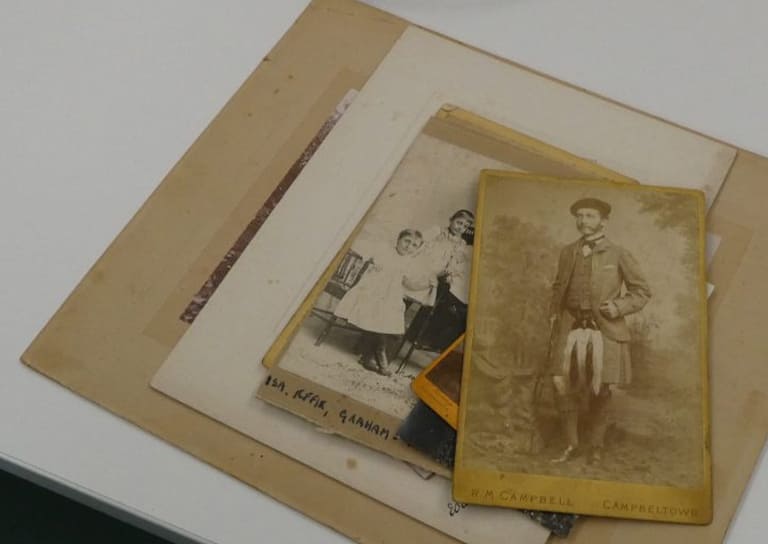
- Ghost Tales from Stirling
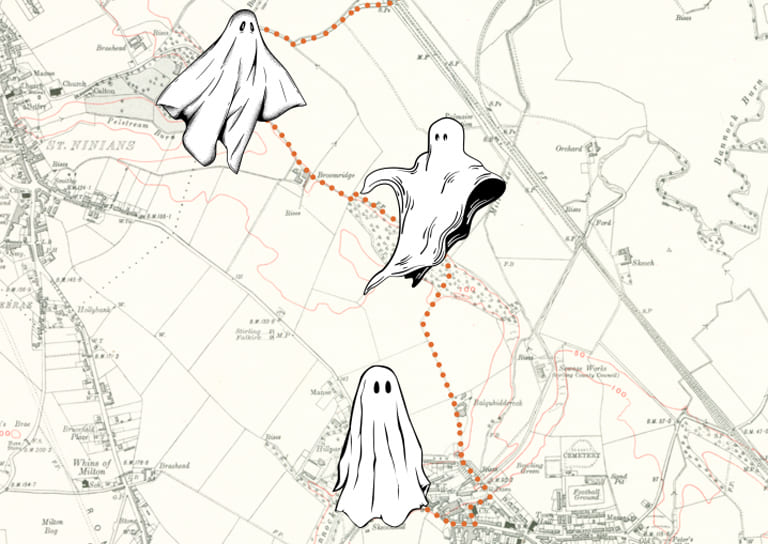
- Snowdon House and The West Indies
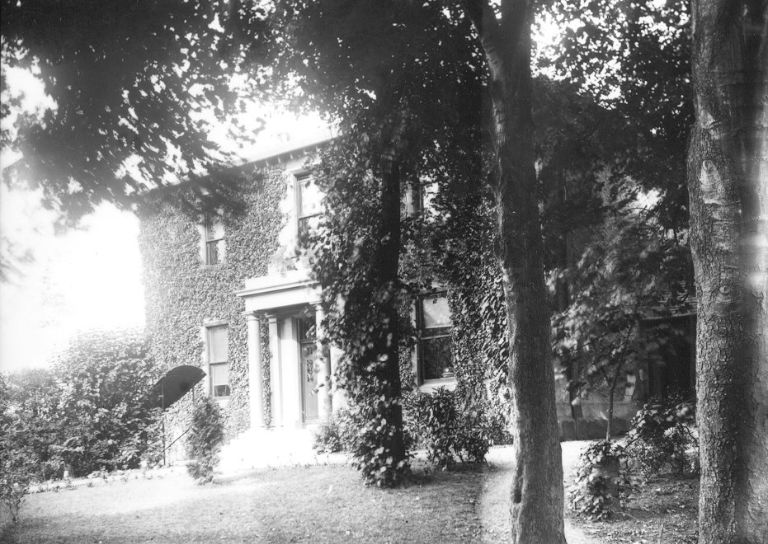
- Stirling’s Streetscape Stories: Photography Workshop
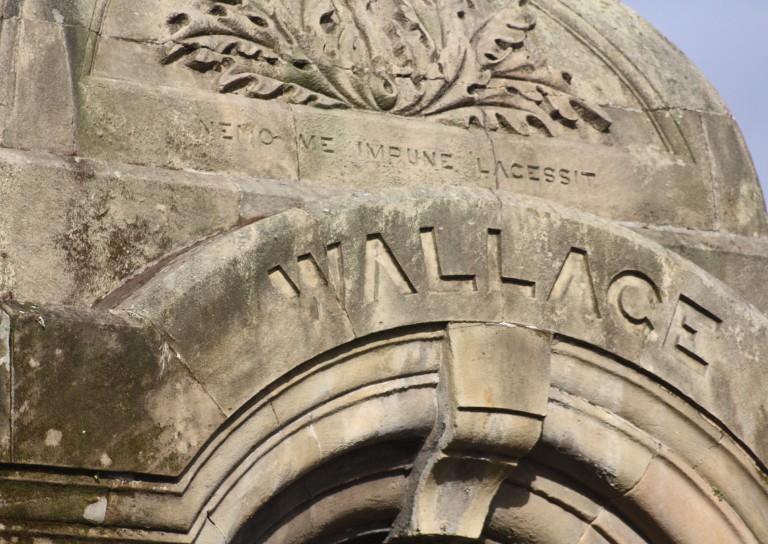
- Stirlingshire’s Highland Games
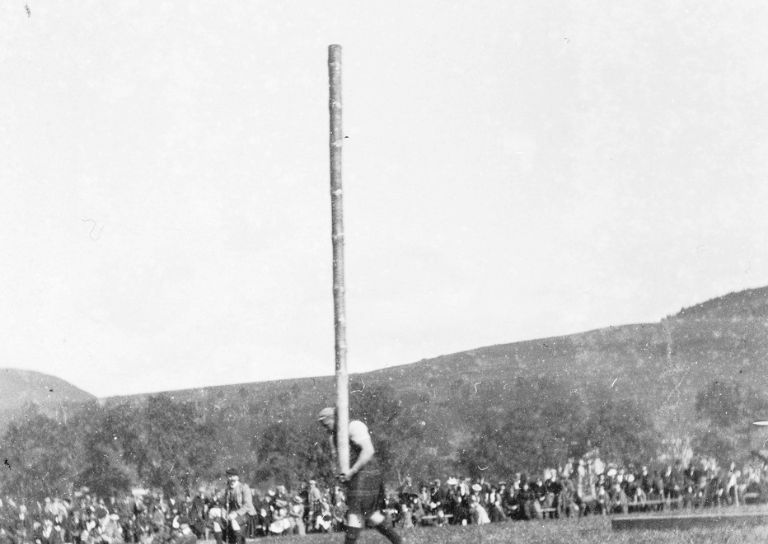
- Creative careers in the heritage sector
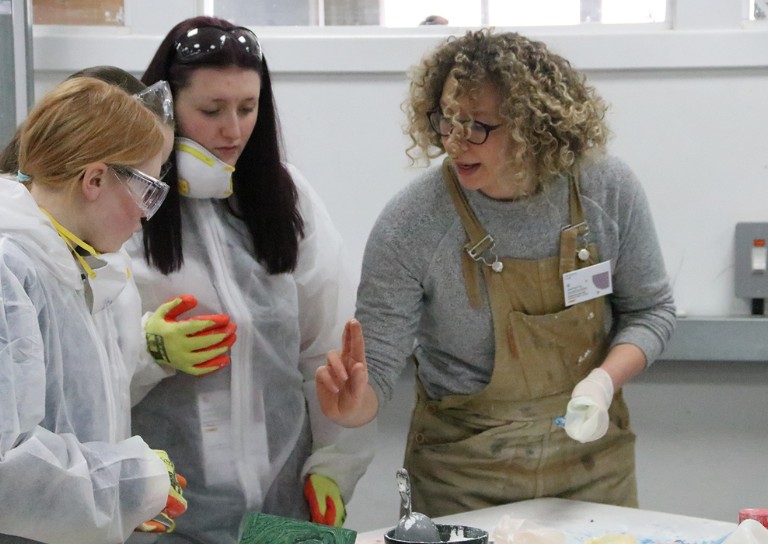
- Postcards From Stirling
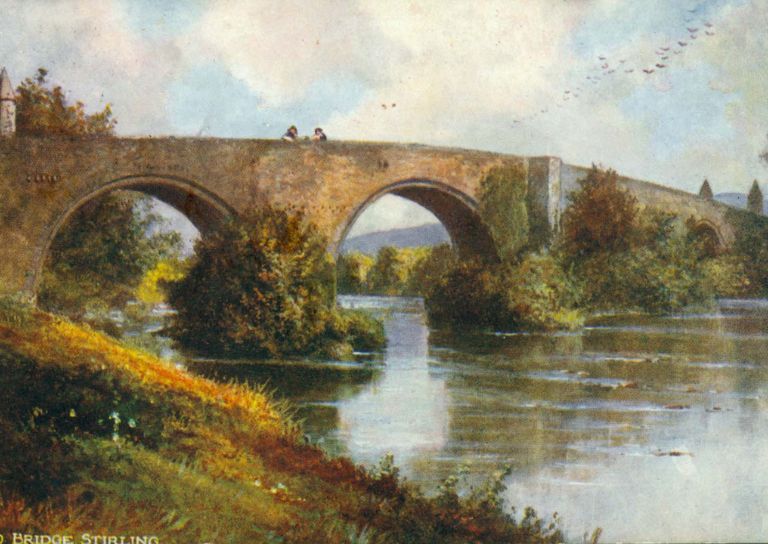
- Stirling’s Gala Days
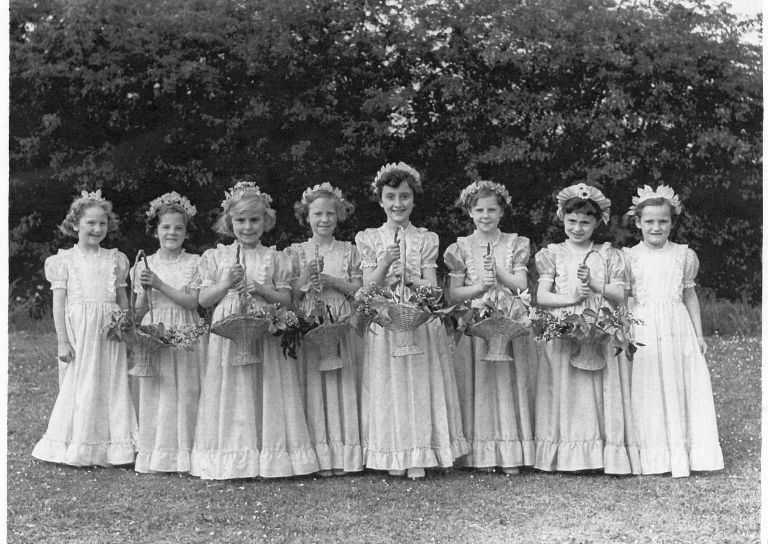
- Building Surveying Student Intern at Stirling City Heritage Trust
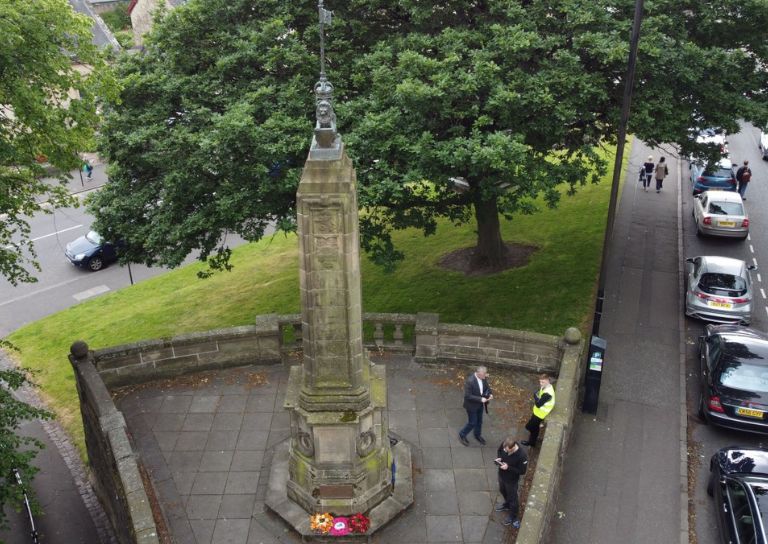
- Heritage Trail: Stirling Walks
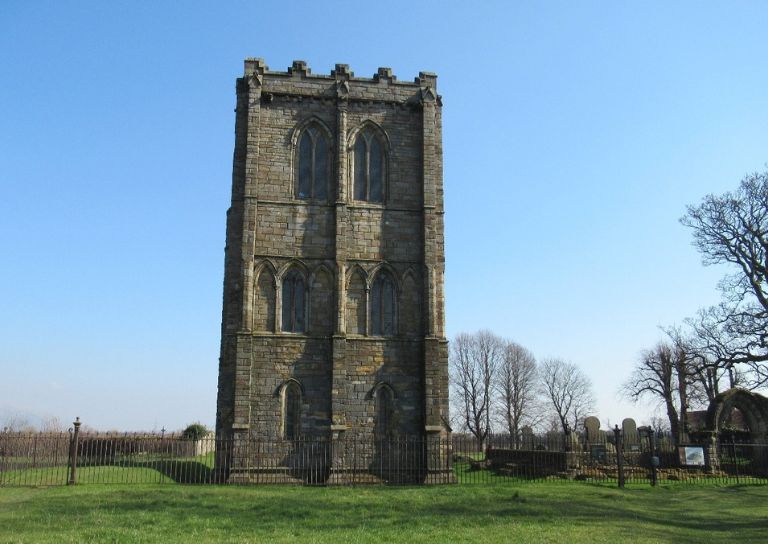
- Local History Resources
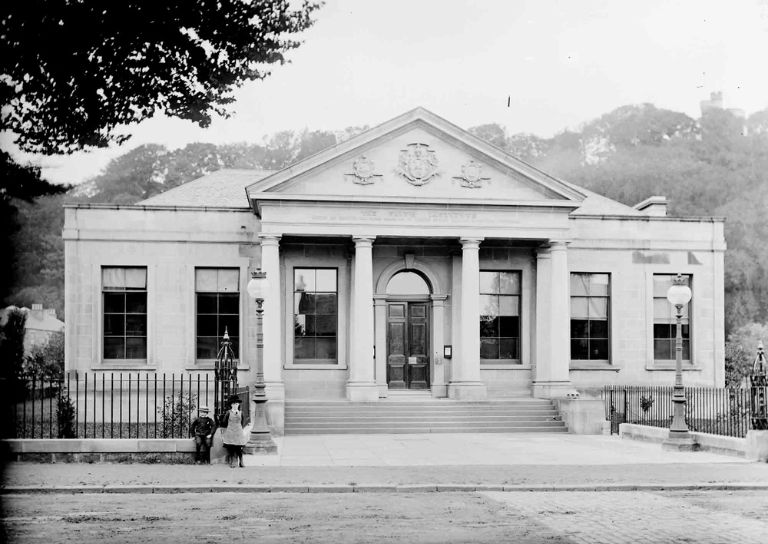
- Stirling Through the Decades
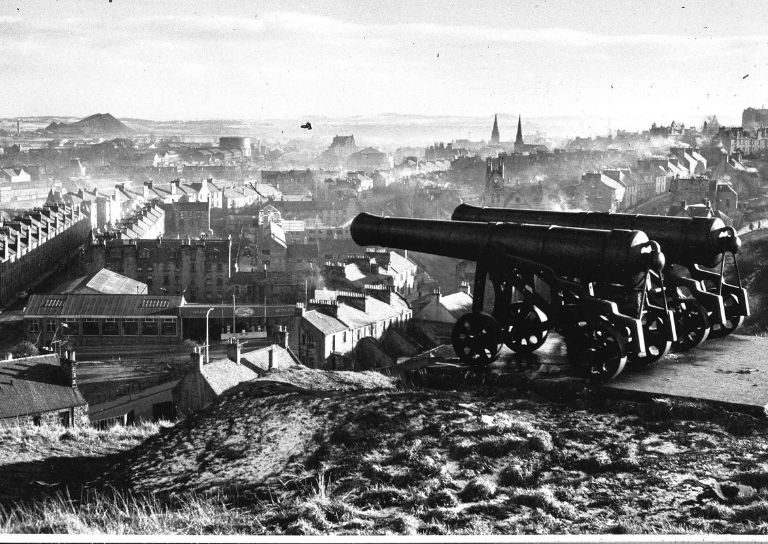
- Stirling’s STEM Pioneers
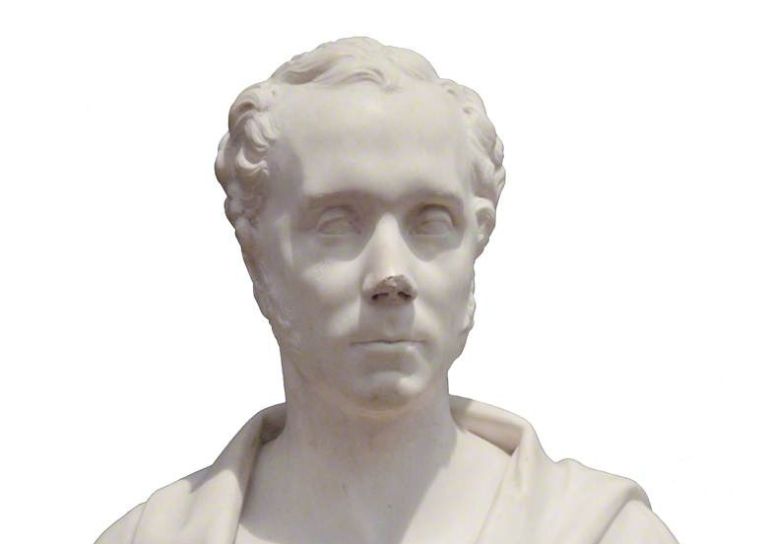
- Traditional Skills: Signwriting
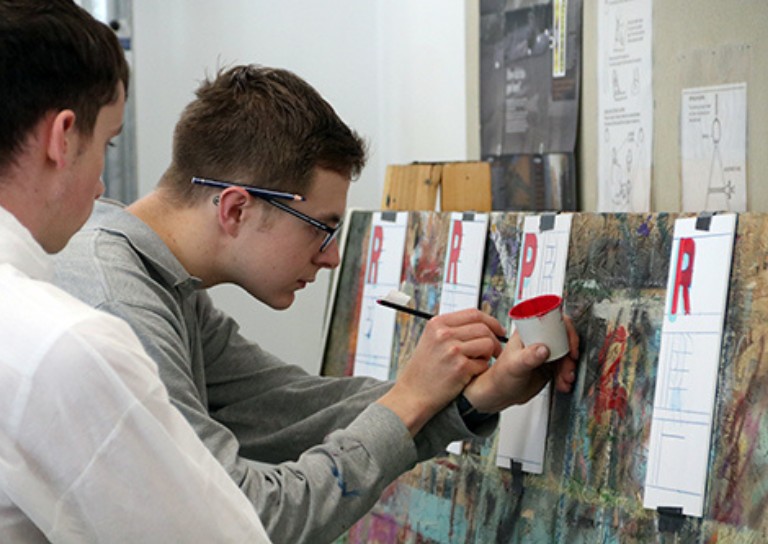
- Christian MacLagan, a pioneering lady, but born too soon?
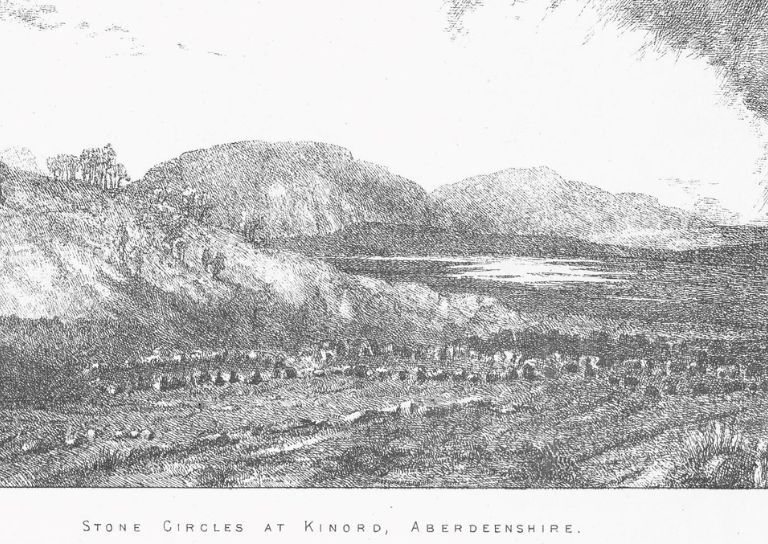
- Traditional Shopfronts in Stirling
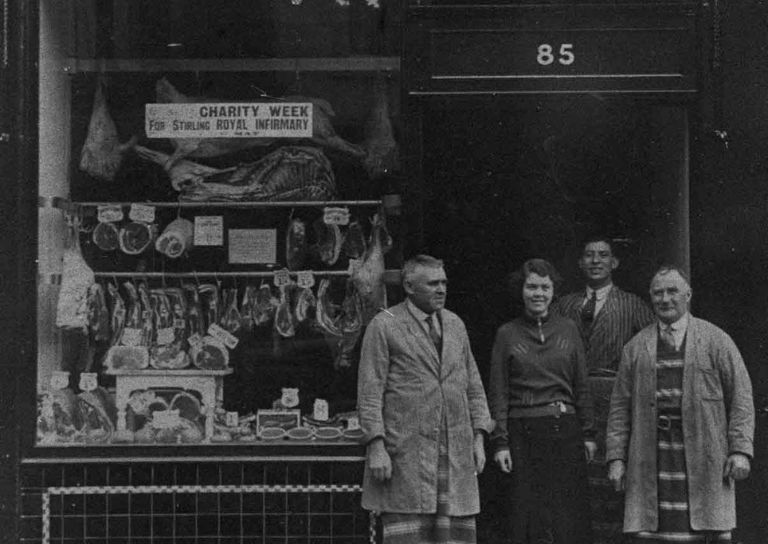
- Stirling History Books for World Book Day
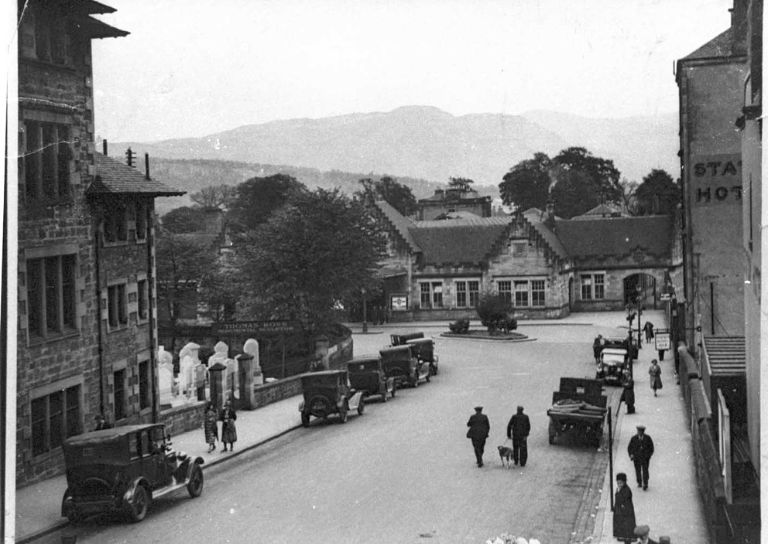
- My Favourite John Allan Building by Joe Hall
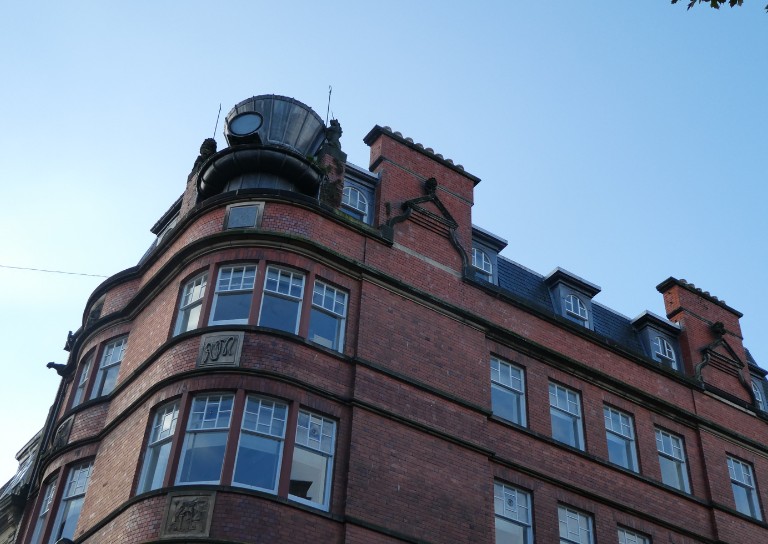
- My Favourite John Allan Building by Lindsay Lennie
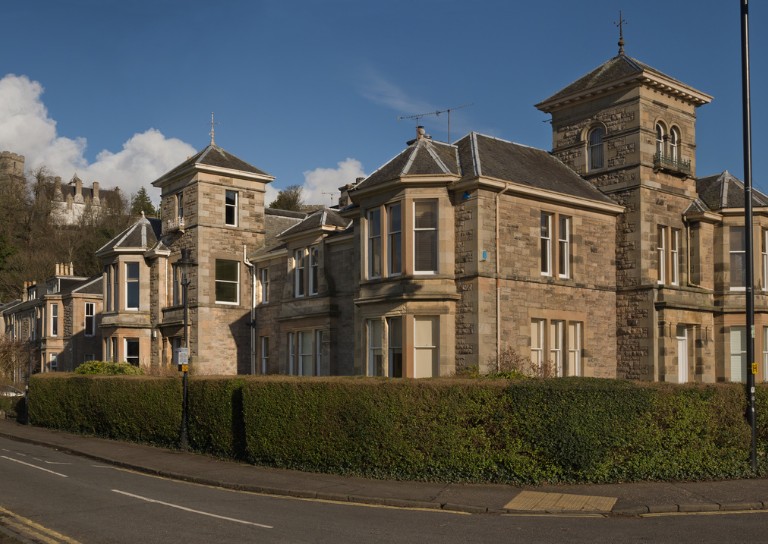
- My Favourite John Allan Building by Andy McEwan
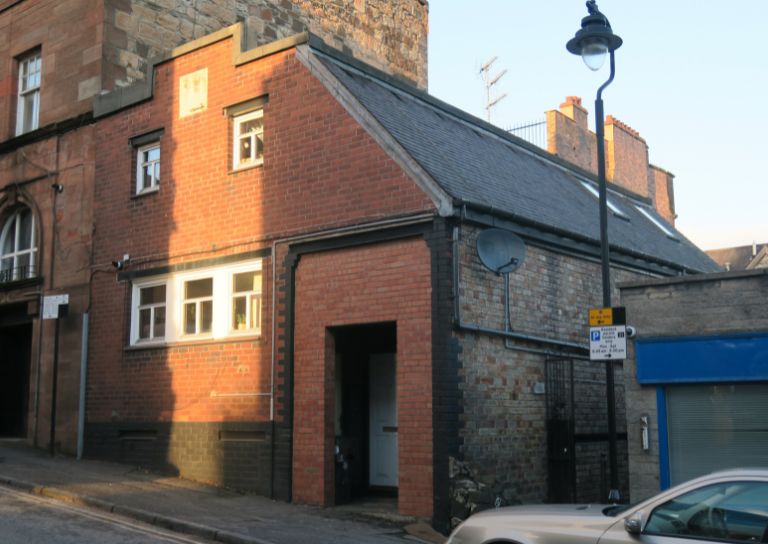
- My Favourite John Allan Building by Pam McNicol
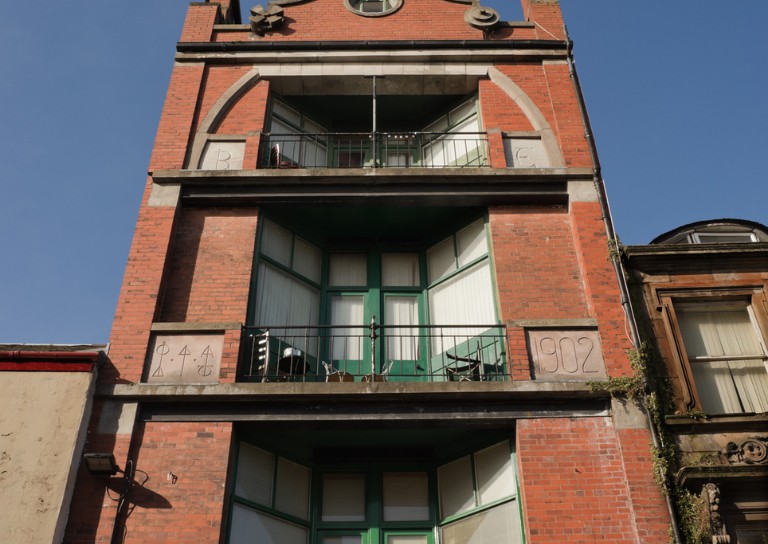
- Celebrating John Allan: A Man of Original Ideas
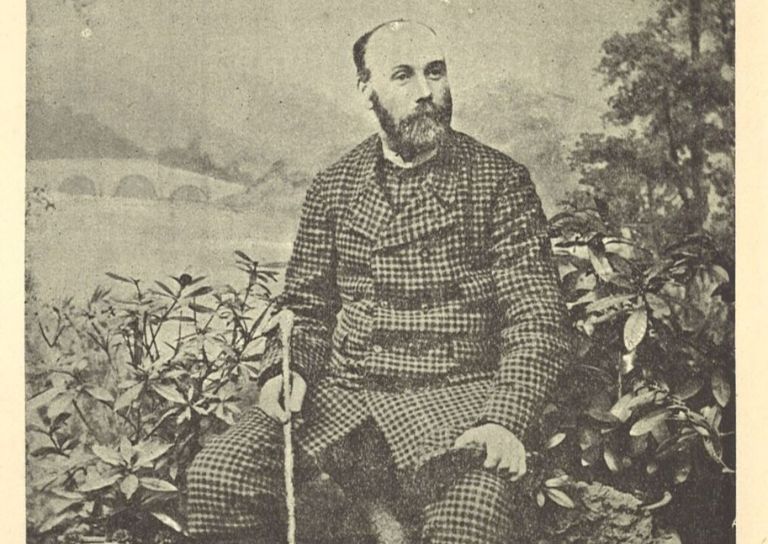
- The Tale of the Stirling Wolf
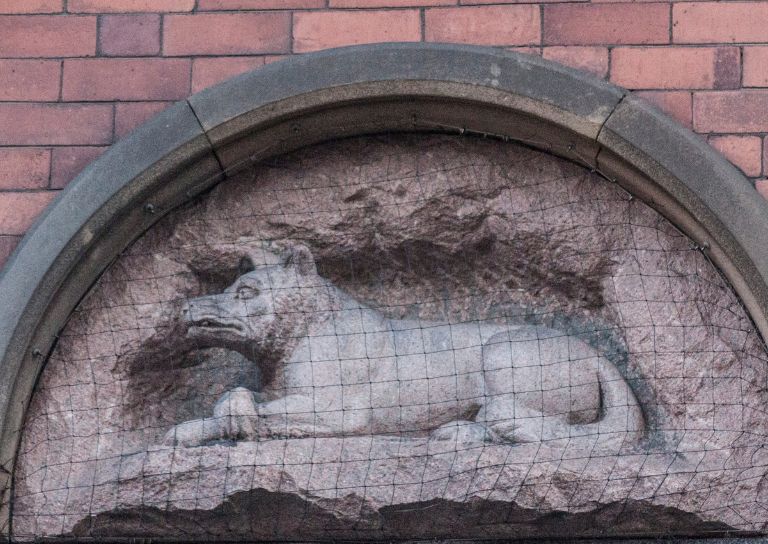
- Stirling: city of culture
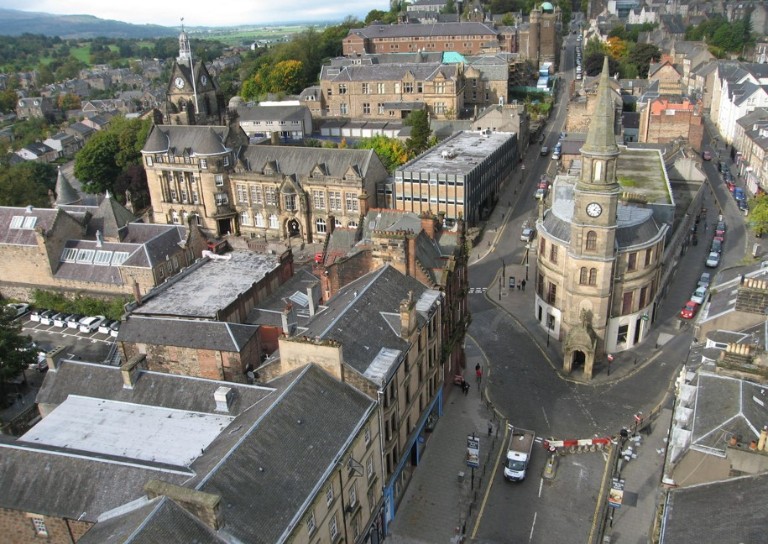
- Christmases Past in Stirling
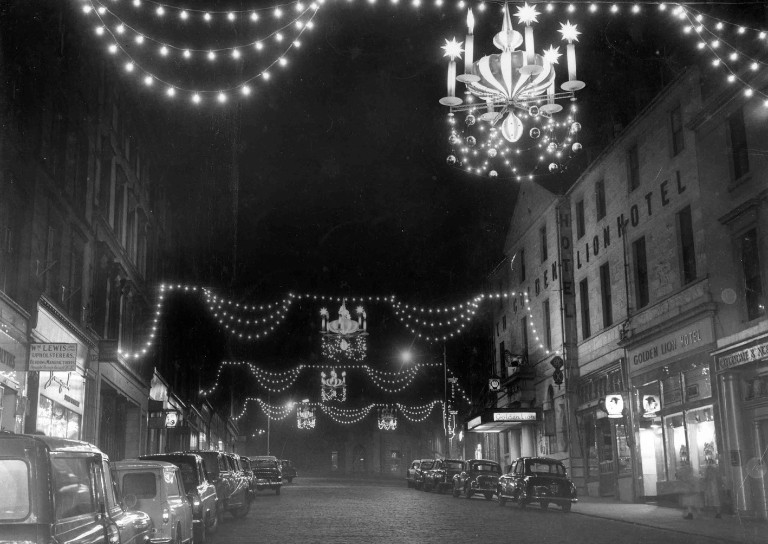
- Stirling’s Historic Graveyards
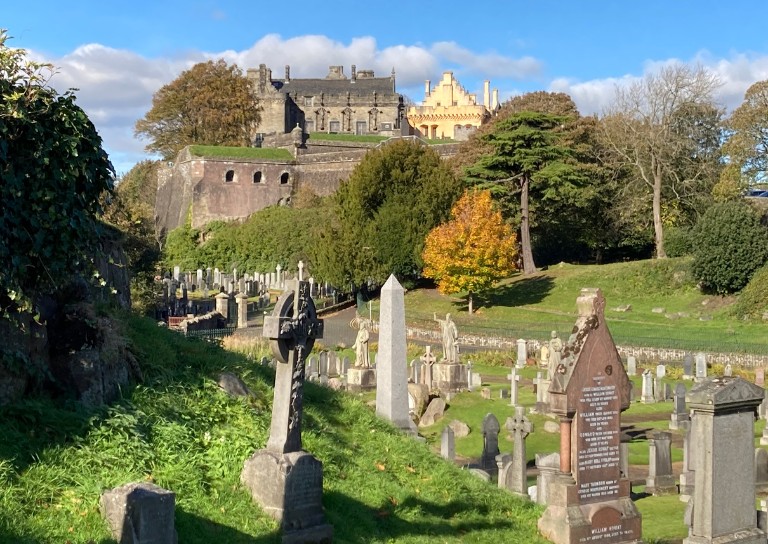
- Top 10 Tips for Architectural Photography
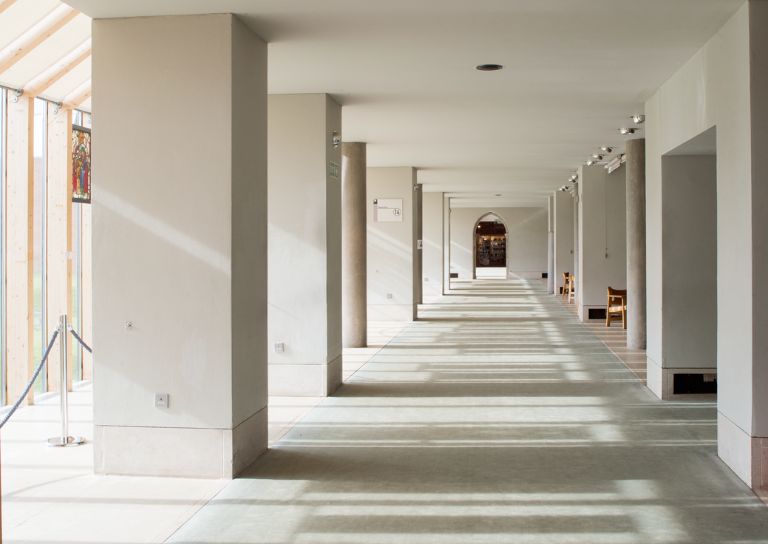
- An Interview with David Galletly
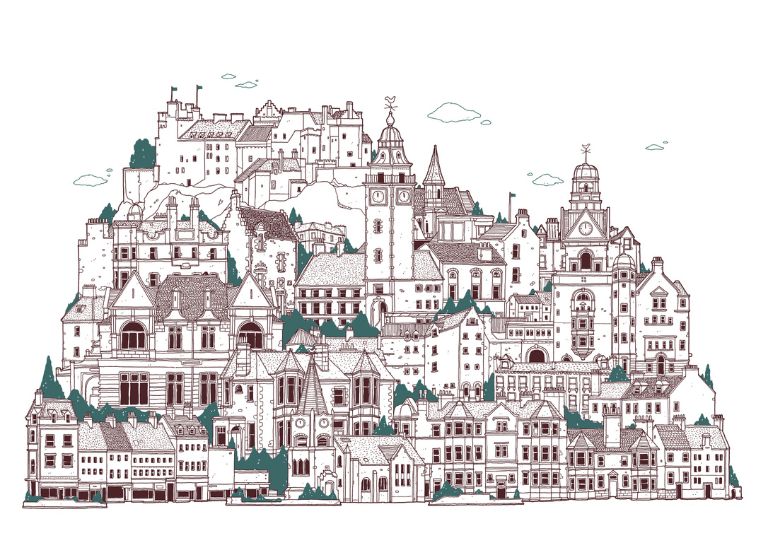
- Springtime in Stirling
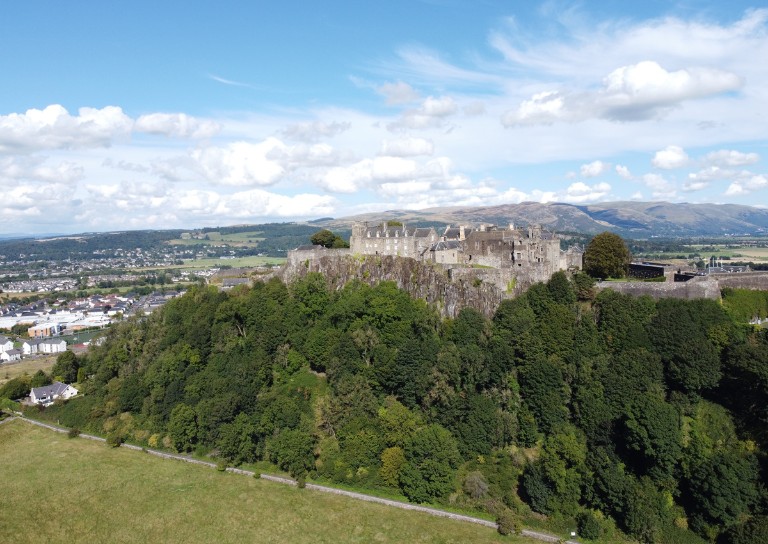
- The Kings Knot – a history
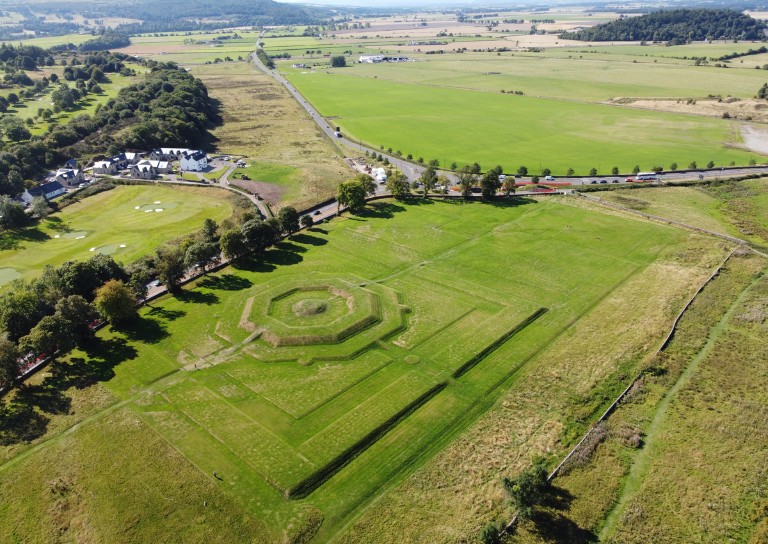
- A Future in Traditional Skills

- Robert Burns’ First Trip to Stirling

- Stirling’s Witches
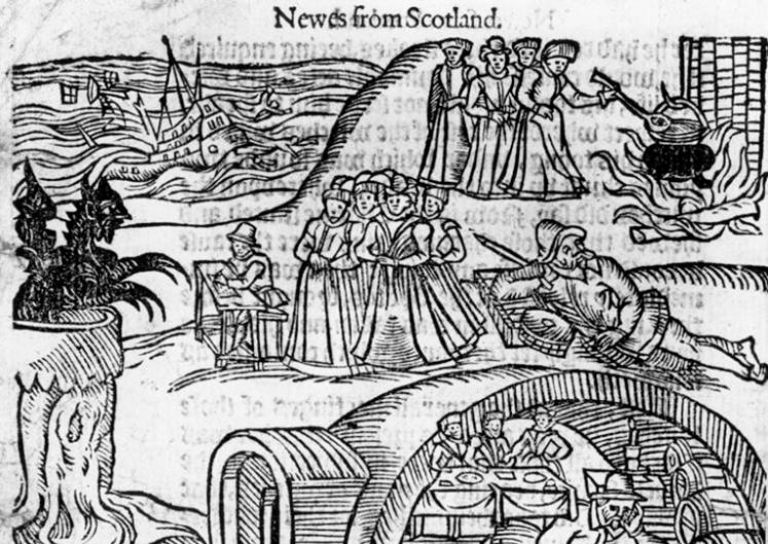
- Stirling’s Ancient Wells
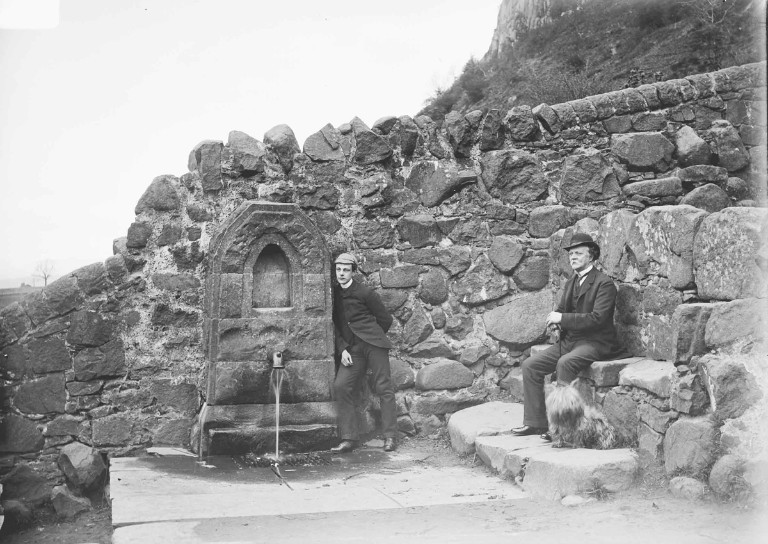
- An architecture student’s take on the City Of Stirling
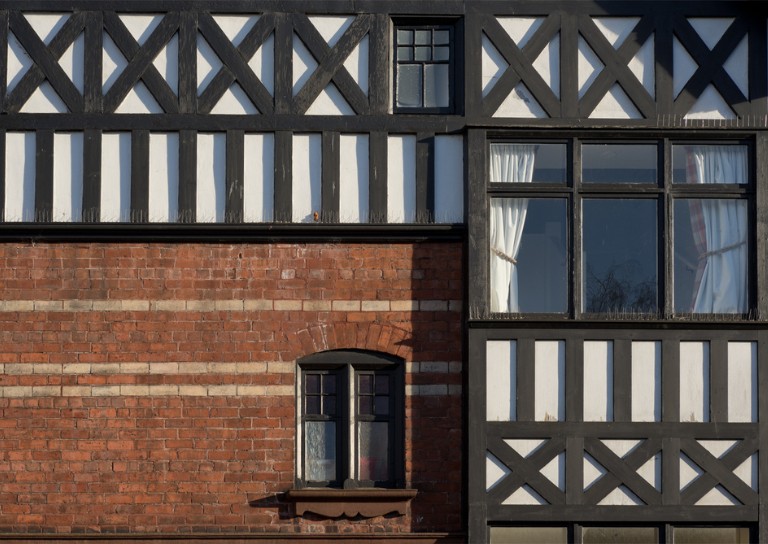
- Ronald Walker: Stirling’s Architect
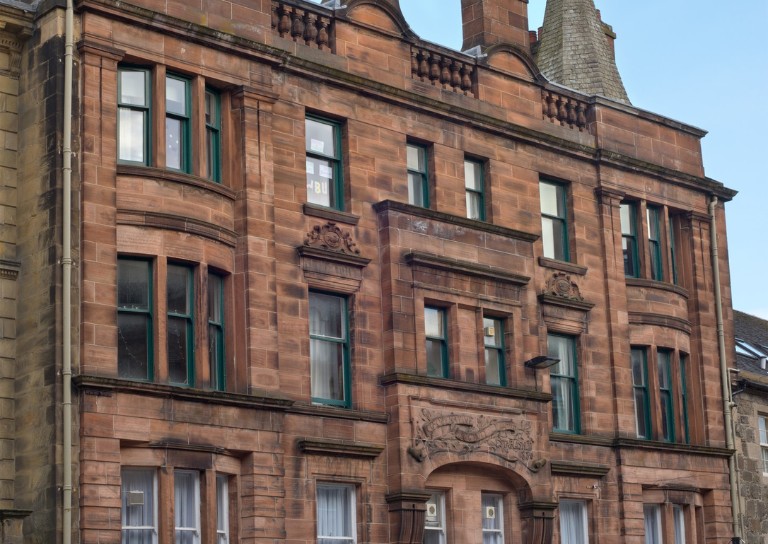
- Stirling’s Statues
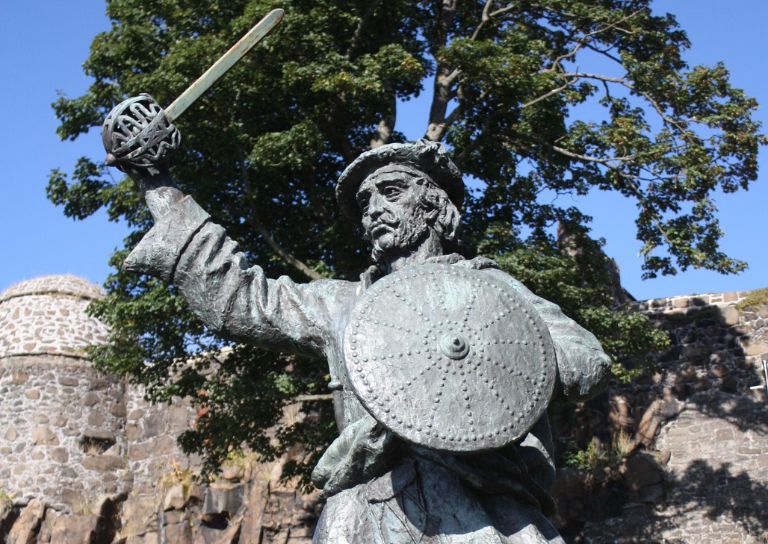
- Stirling’s Wee Bungalow Shops
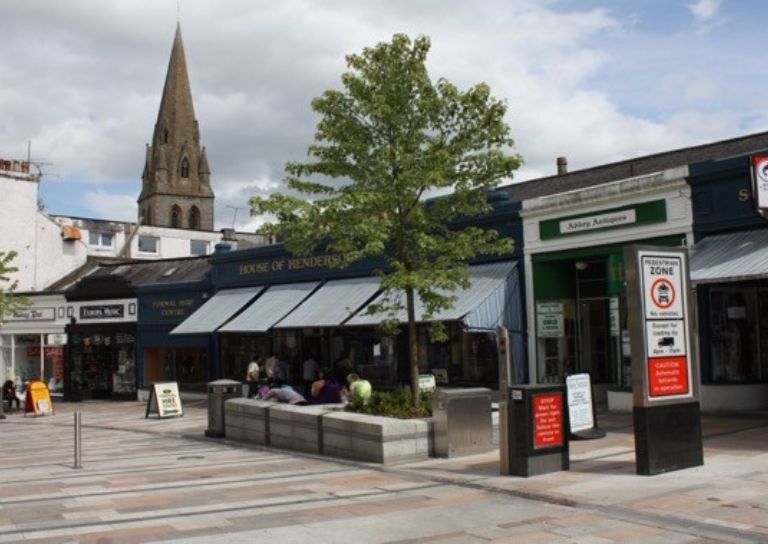
- Stirling’s Historic Hospitals
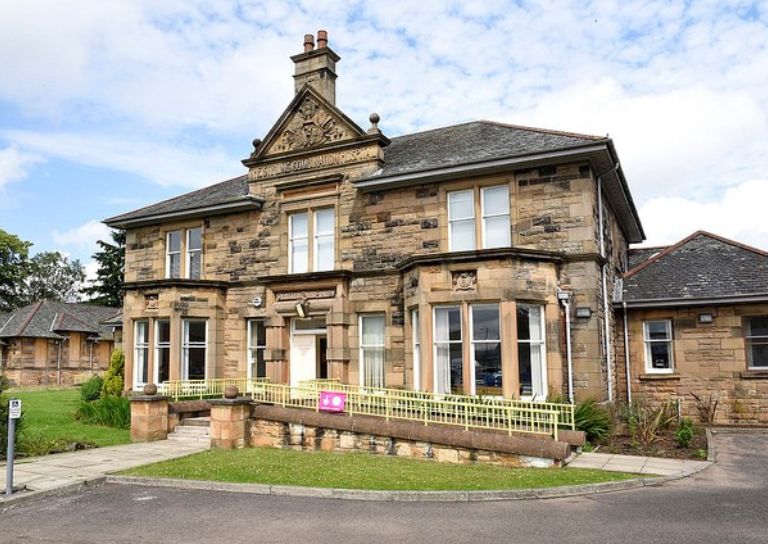
- Women in Digital Innovation and Construction
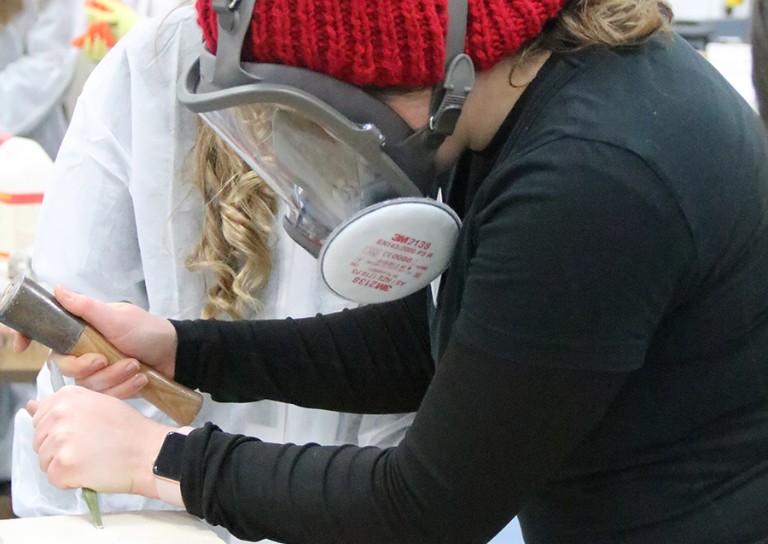
- Heritage at home: 8 of the best online heritage resources
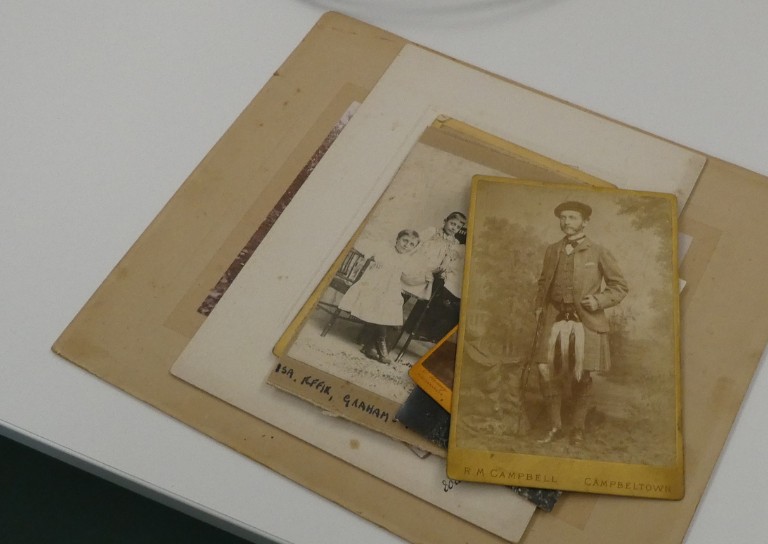
- Stirling featured at virtual heritage conference

- Five of Stirling’s greatest John Allan buildings
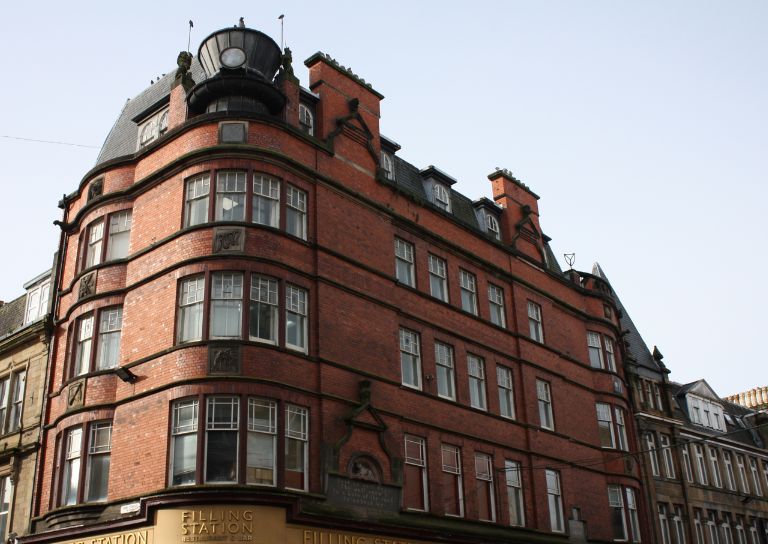
- Women in Construction – Stirling event report

- Scotland’s trailblazing women architects
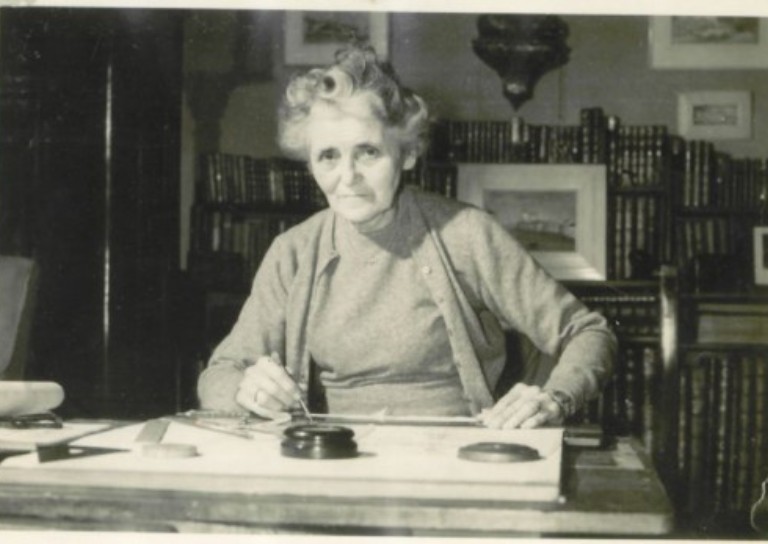
- Stirling’s Heritage: Spotlight on The Granary
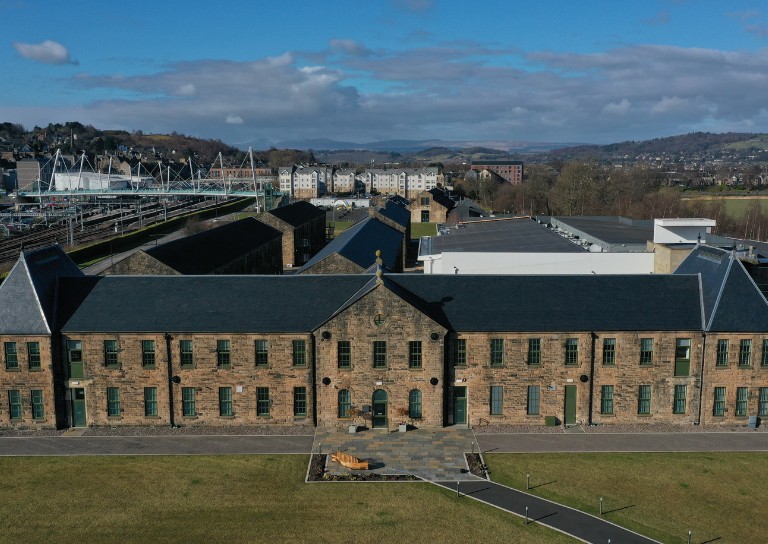
- TBHC Scheme now open to properties in Dunblane and Blairlogie
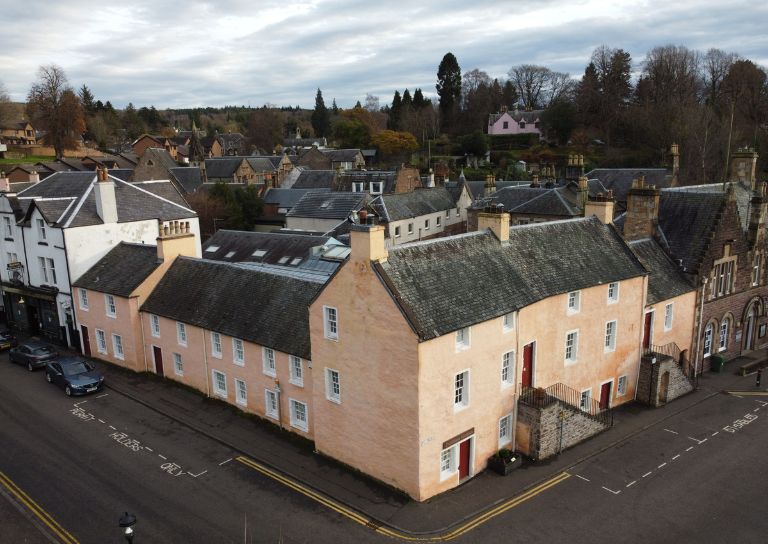
- How drones help us inspect traditional buildings

- Hazardous Masonry & Masonry Falls
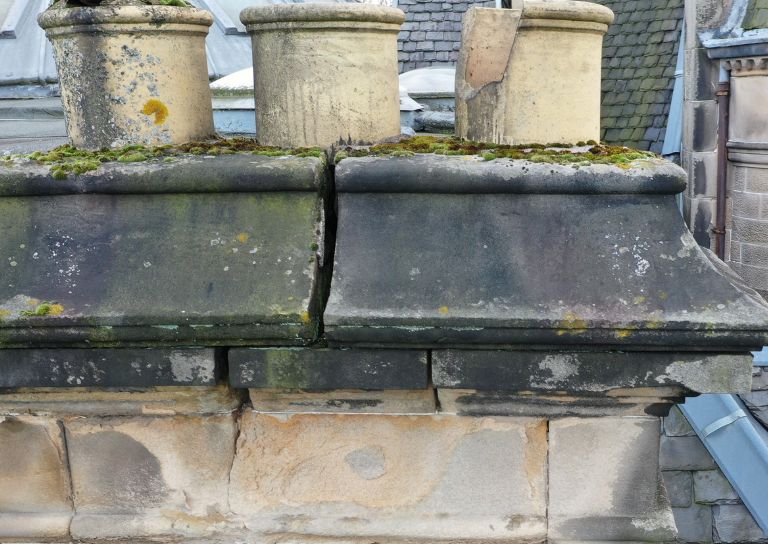
- Mason Bees: What’s the Buzz?
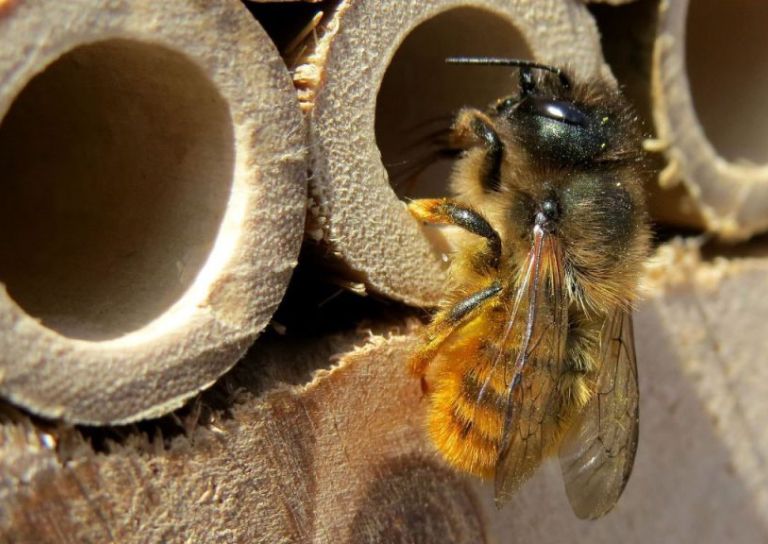
- Stirling Traditional Skills Demonstration Day Success!
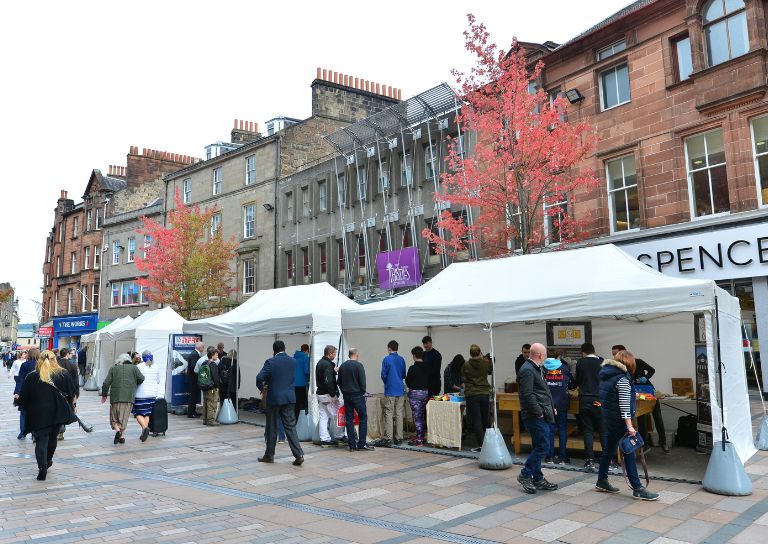
- Floating Head Sculpture at Garden Glasgow Festival 1988
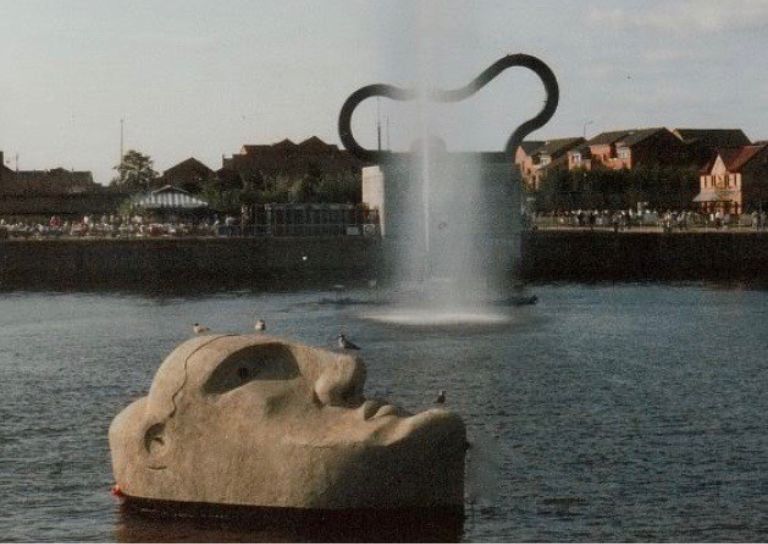
- The story behind Paisley Abbey’s Alien gargoyle
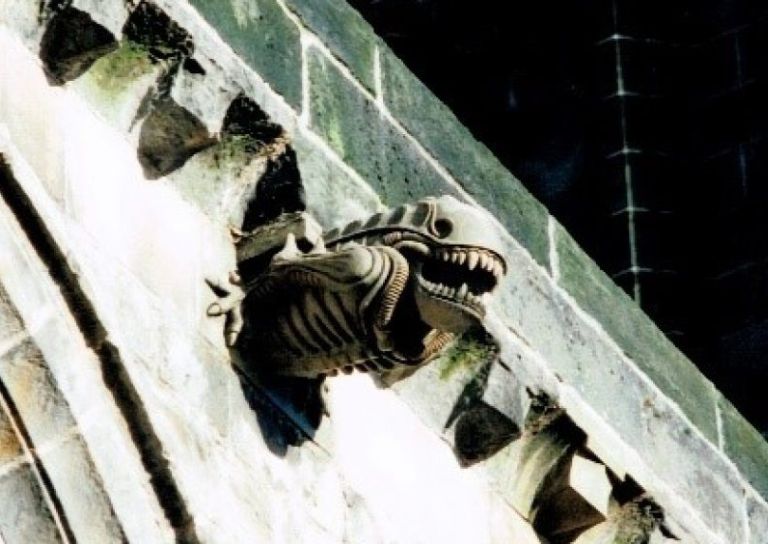
- Cambuskenneth Abbey

- Stirling City Heritage Trust Publications

- Sharing Memories: Taking '20 Great Buildings of Stirling' into the community

- William Wallace Statues In Stirling
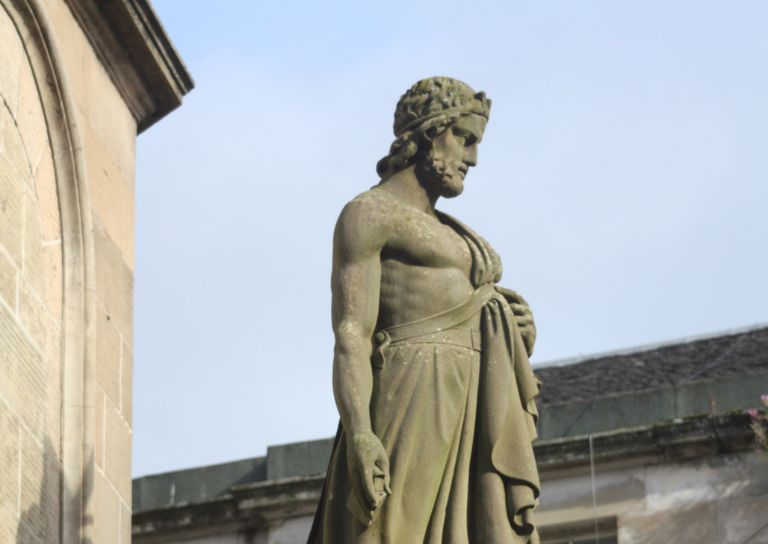
- Coronations and Royal Christenings in Stirling
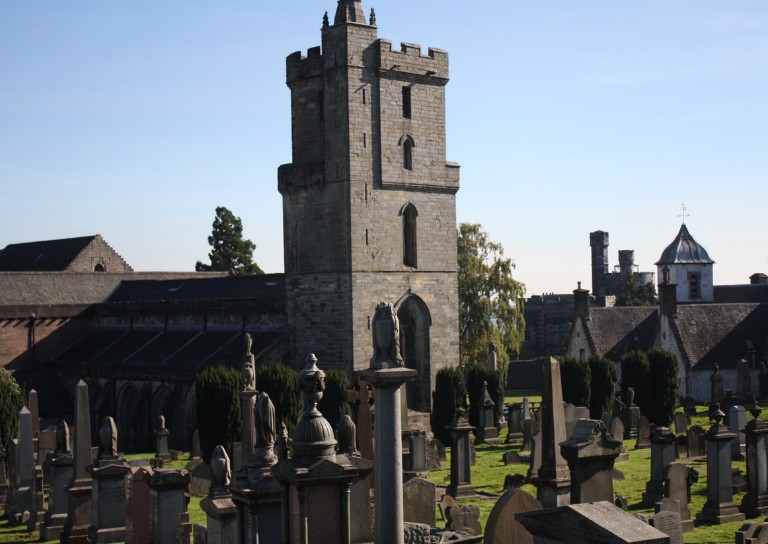
- The development of King's Park
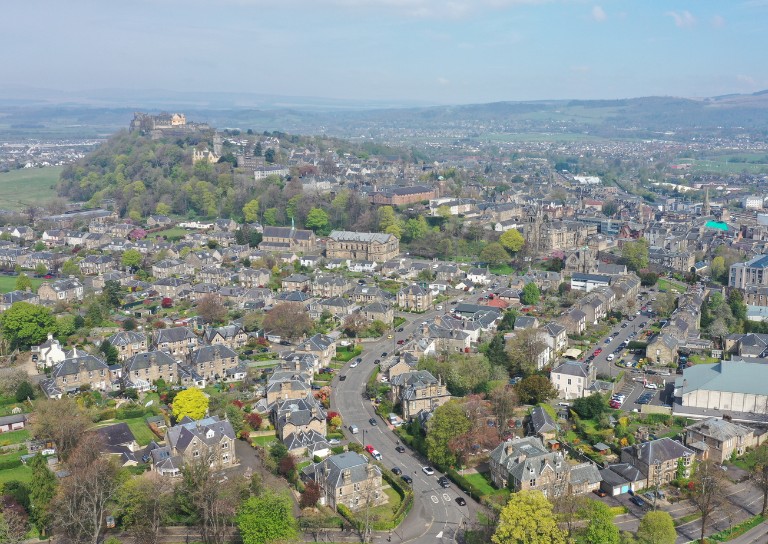
- Energy efficiency project awarded grant from Shared Prosperity Fund
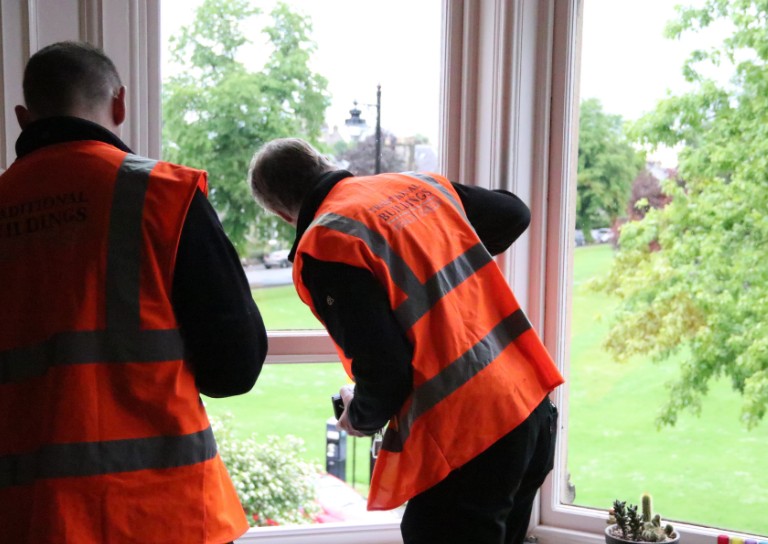
- Inspiring the Future: Stirling City Heritage Trust's Women in Construction Event at Wallace High
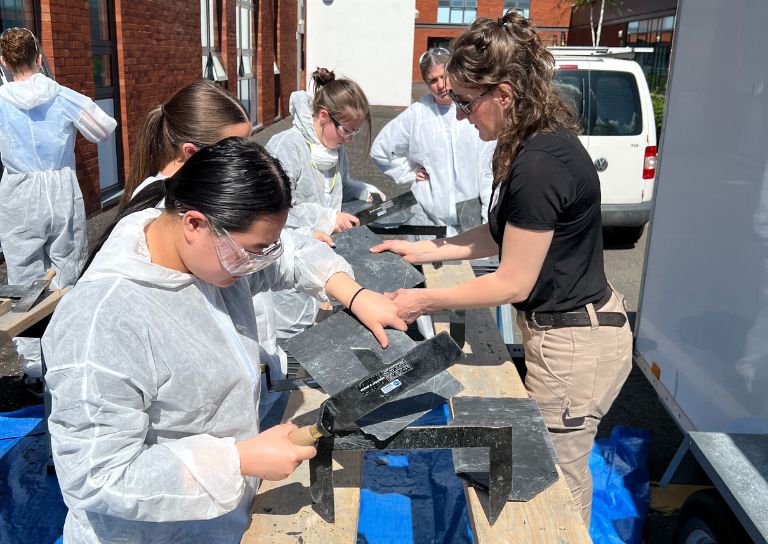
- Doors Open Days Talk: Who Built Stirling?
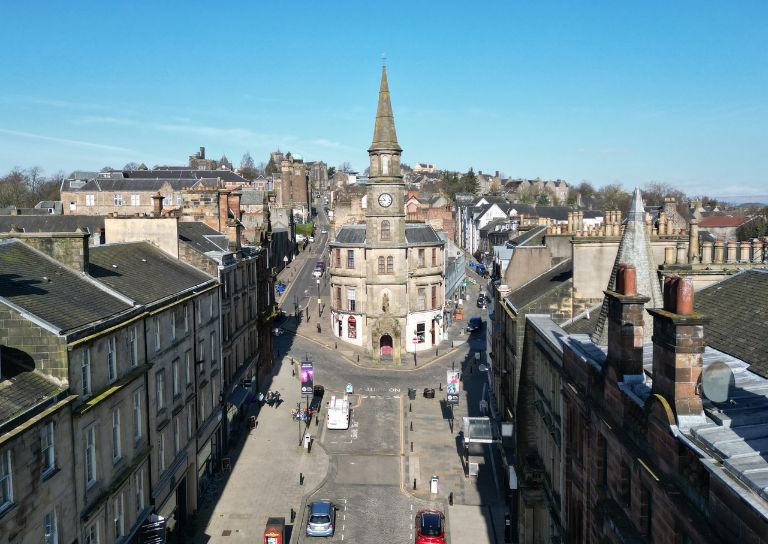
- 10 Years of the Traditional Buildings Health Check

- Growing up in Stirling: A Night of Reminiscence at The Smith
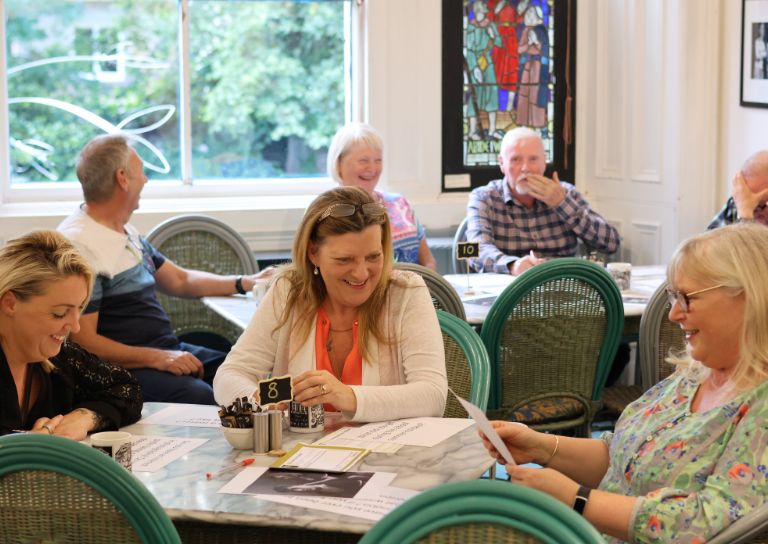
- SCHT visit to Brucefield Estate, Forestmill, Clackmannanshire
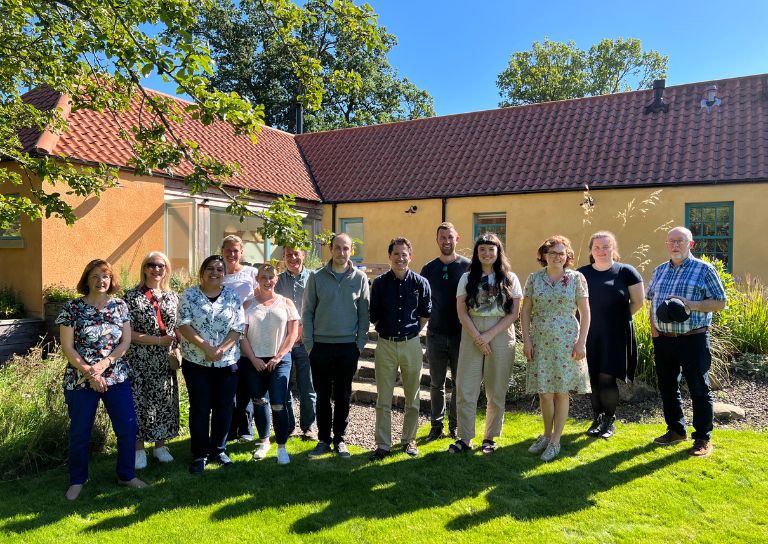
- Statement on Christie Clock
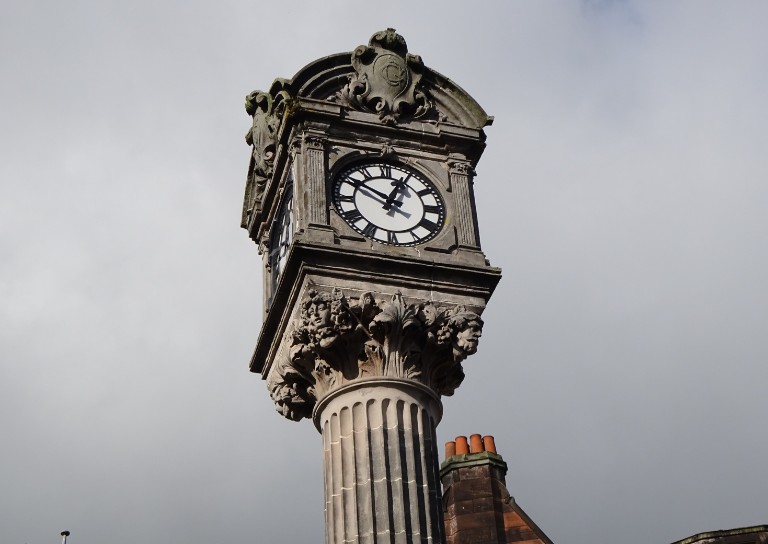
- Stirling’s Lost Skating Heritage
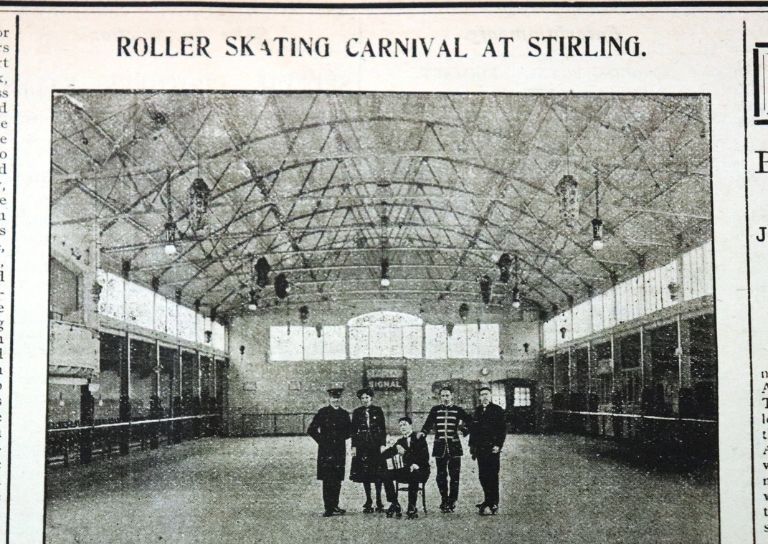
- Laurelhill House and the West Indies
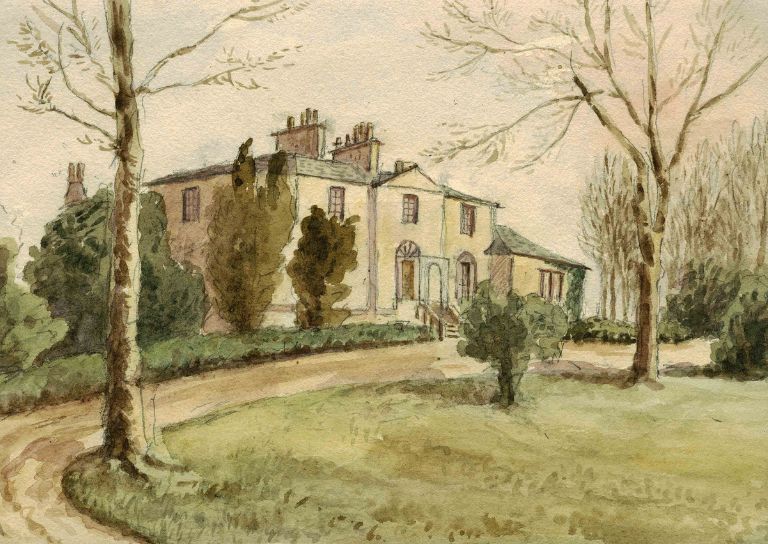
- Beechwood House and the Transatlantic Slave Trade
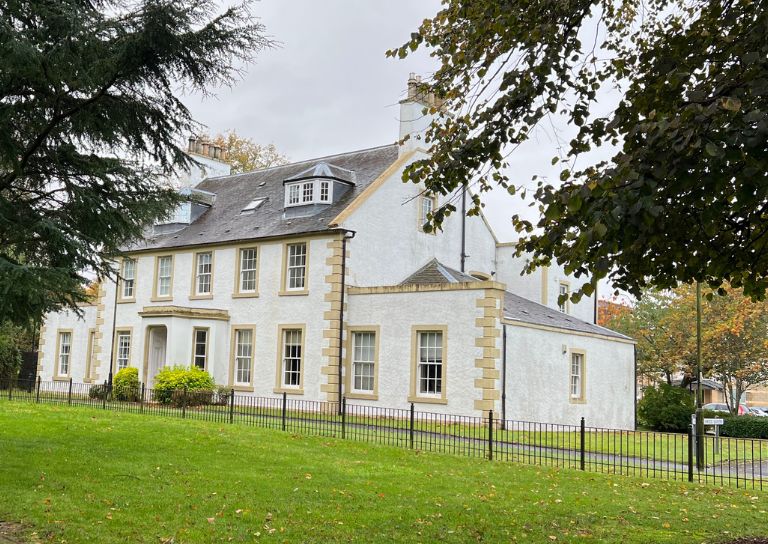
- Retrofitting Traditional Buildings
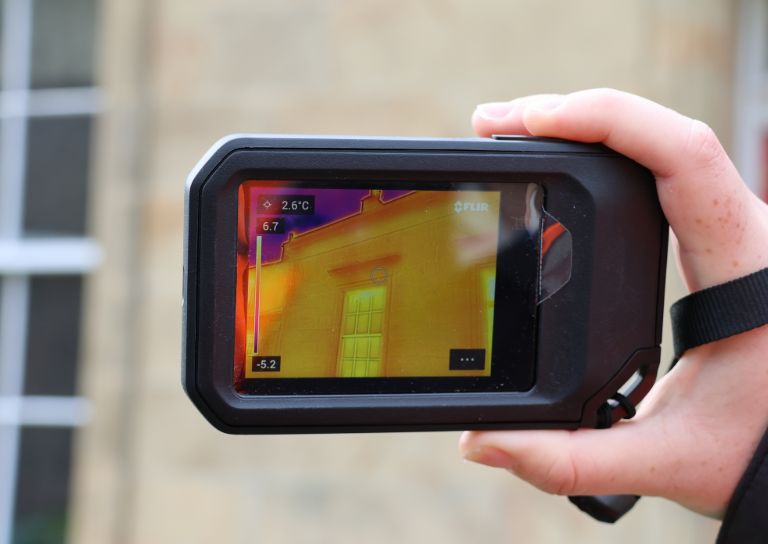
- Building Resilience: Maintaining Traditional Buildings
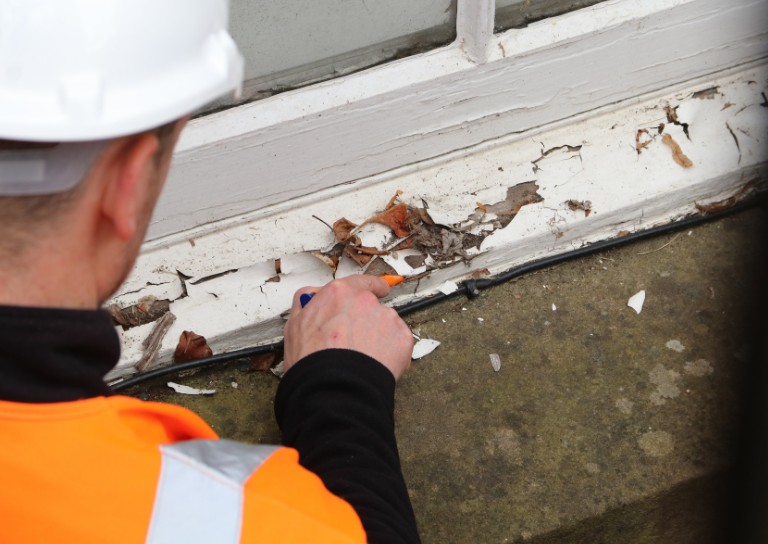
- Shopping Arcades
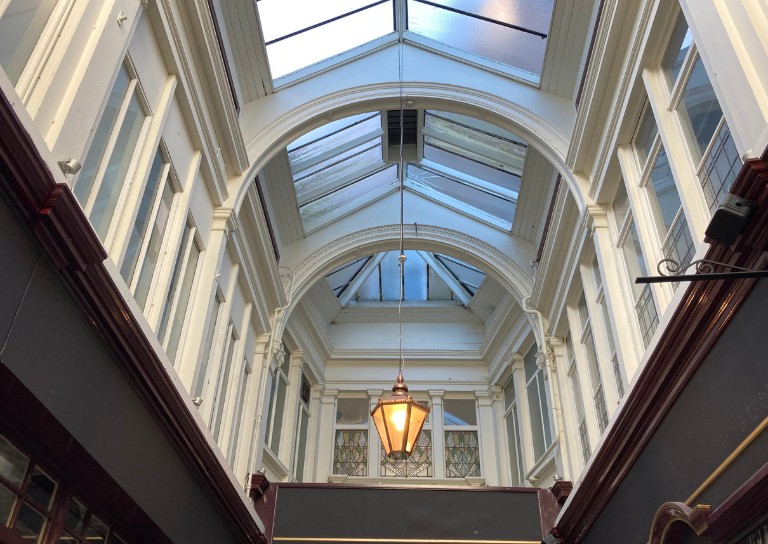
- Retrofitting Traditional Buildings: Fabric First
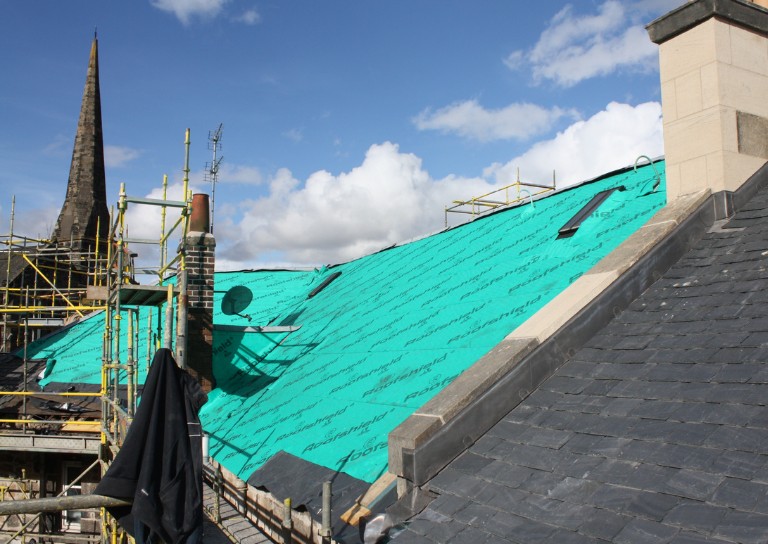
- Stirling Reminiscence Box
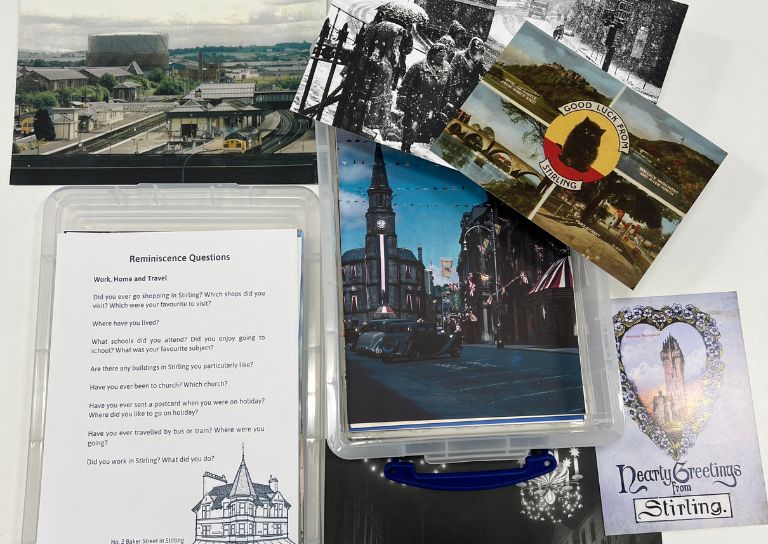
- Level 3 Award in Energy Efficiency for Older and Traditional Buildings Retrofit Course (2 Day)
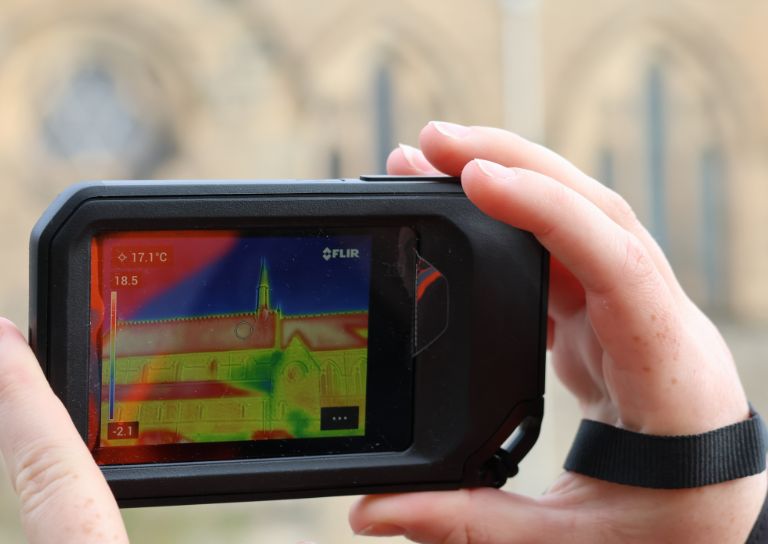
- New Retrofit Service now available for Traditional Buildings Health Check Members

- Retrofitting Traditional Buildings: Windows
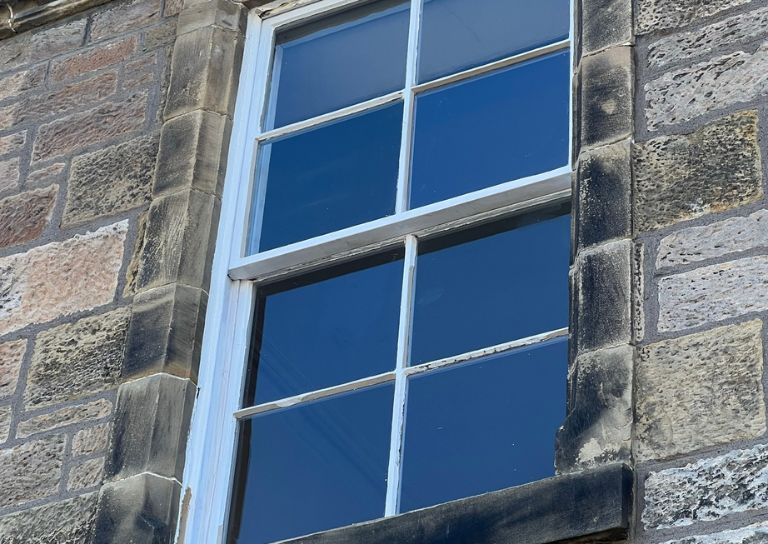
- Architects and The Thistle Property Trust

- Retrofitting Traditional Buildings: Insulation
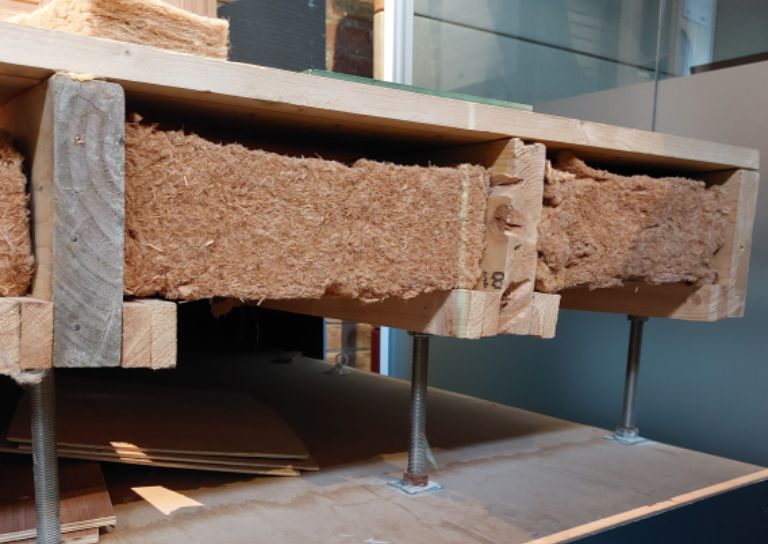
- Stirling City Heritage Trust at 20
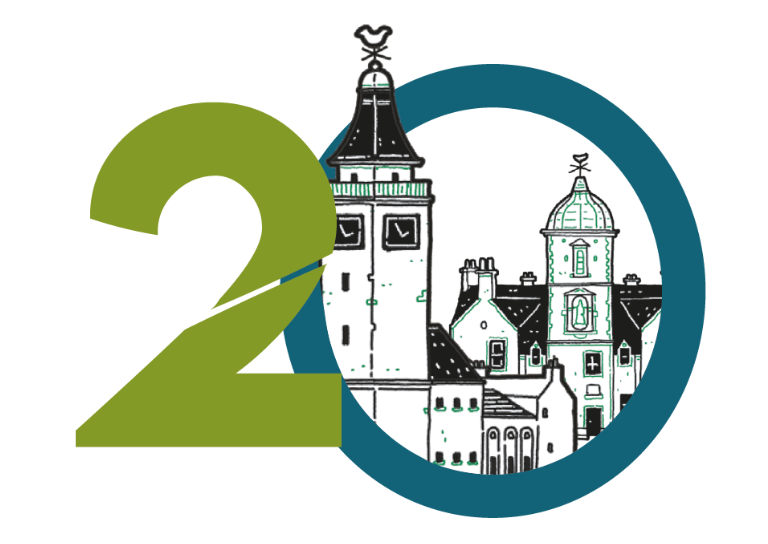
- Miss Curror and the Thistle Property Trust
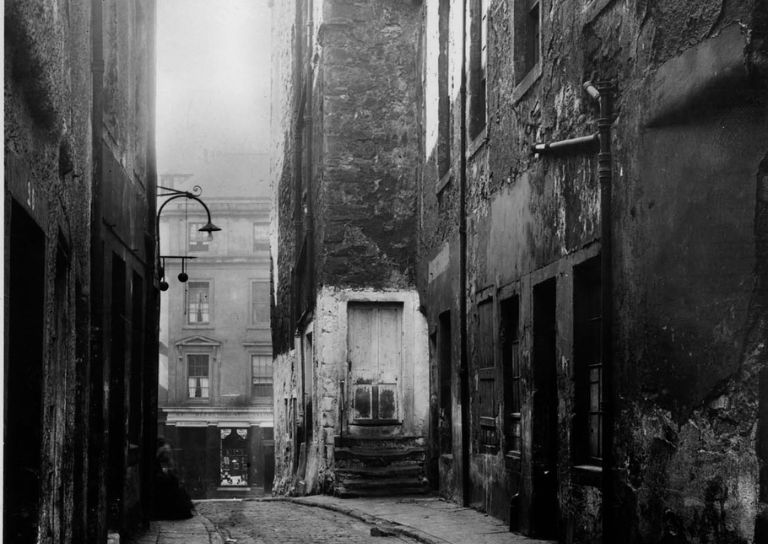
- Retrofitting Traditional Buildings: Chimneys
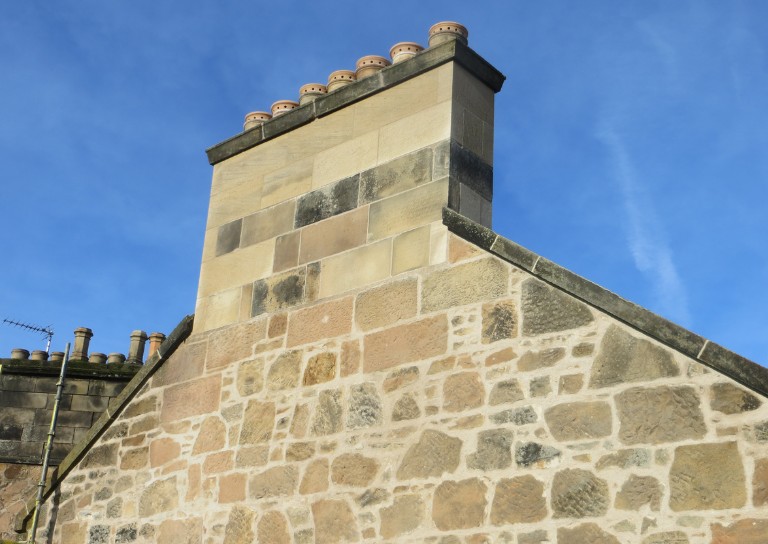
- Statement on Langgarth House

- World Heritage Day: Exploring Hayford Mill
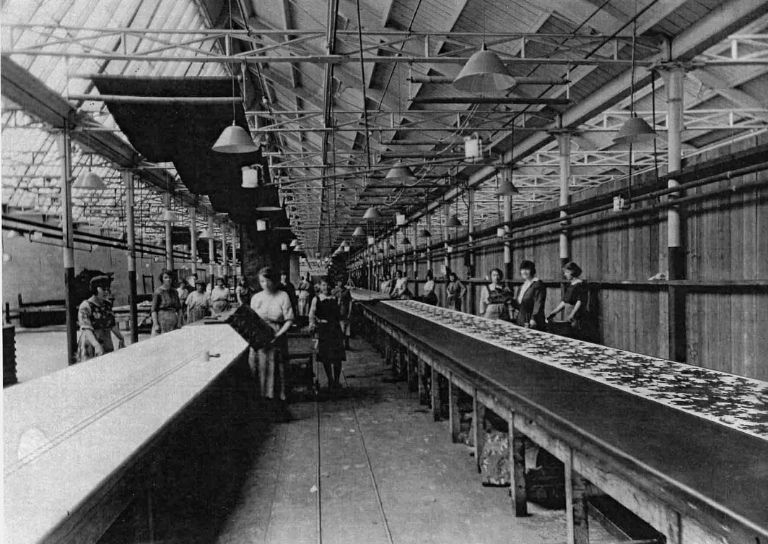
- Retrofitting Traditional Buildings: Climatic Adaptation
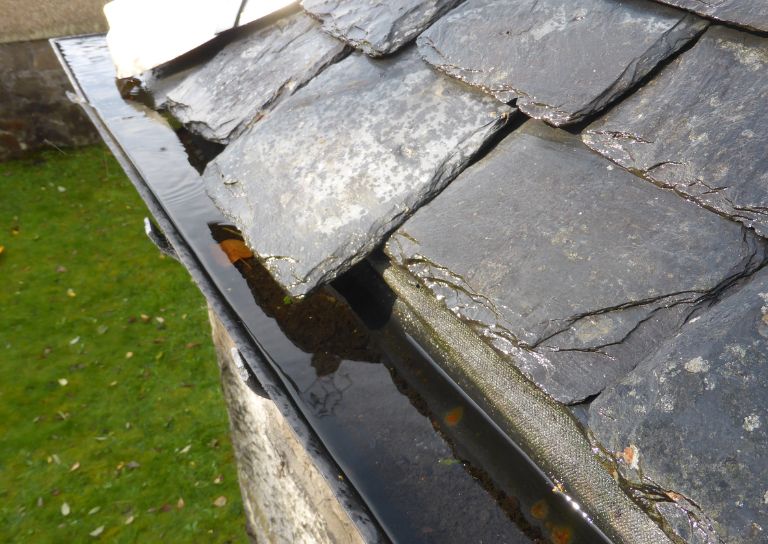
- SCHT 20: Championing Women in Construction
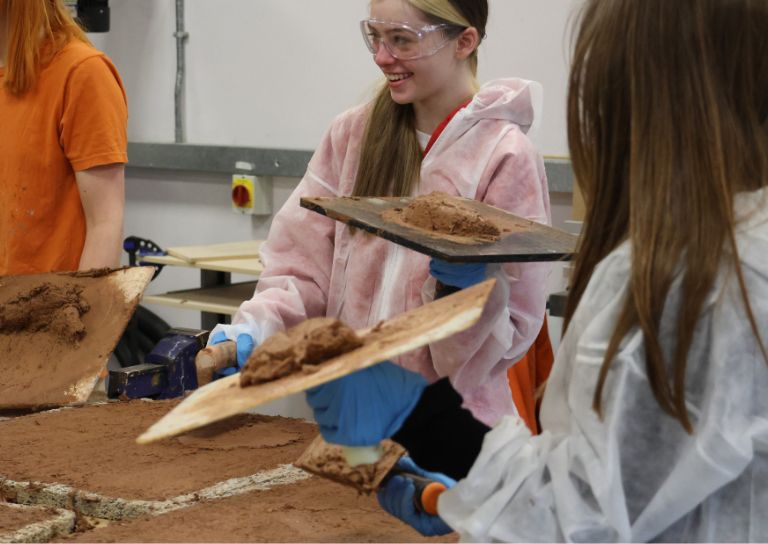
- Guest Blog: Dementia Friendly Heritage Interpretation

- Community Consultation launched for Stirling’s Heritage Strategy
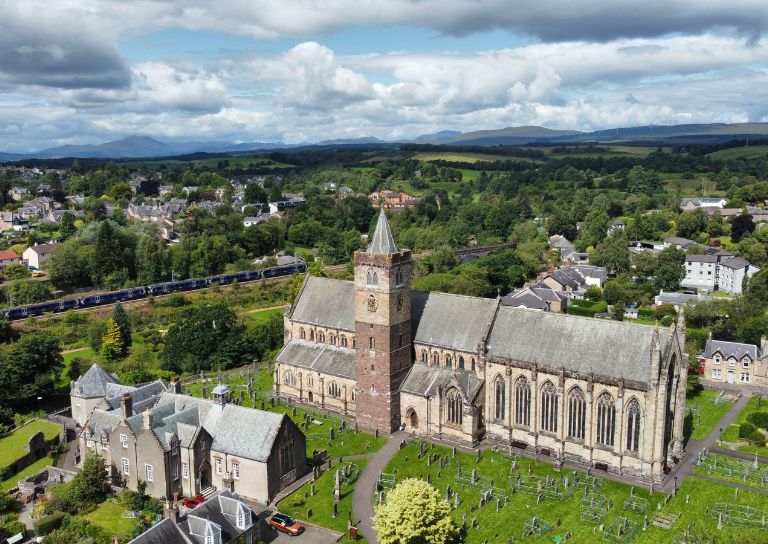
- Stirling's Lost Swimming Pools
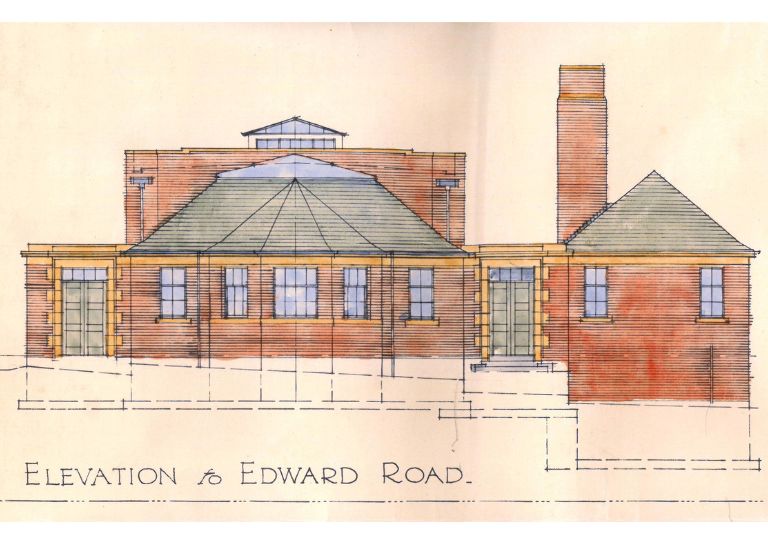
- SCHT Grant Conditions: Owners Associations
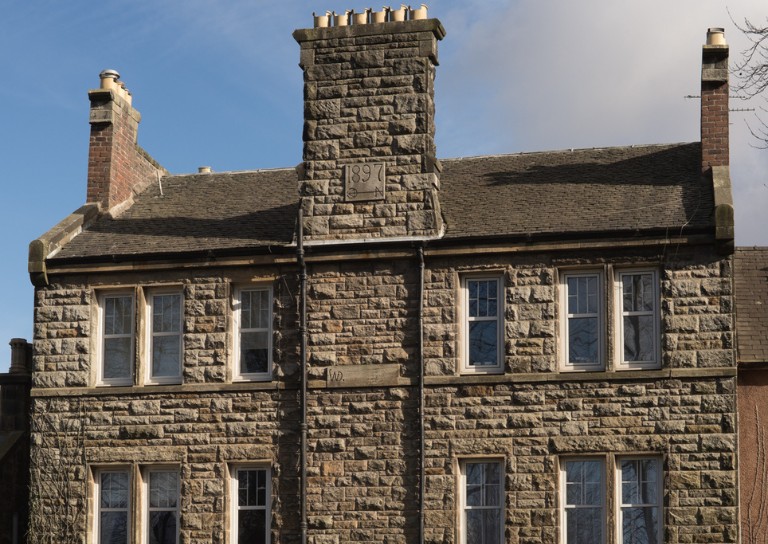
- Kings, Wolves and Drones: 20 years of care and repair at Stirling City Heritage Trust

- SVE Inspire Awards September 2024
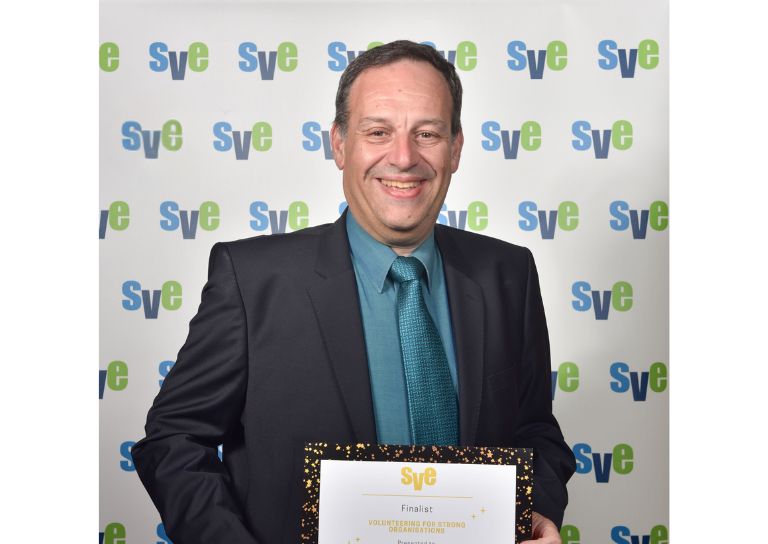
- Women in Construction at Bannockburn House
- About Us
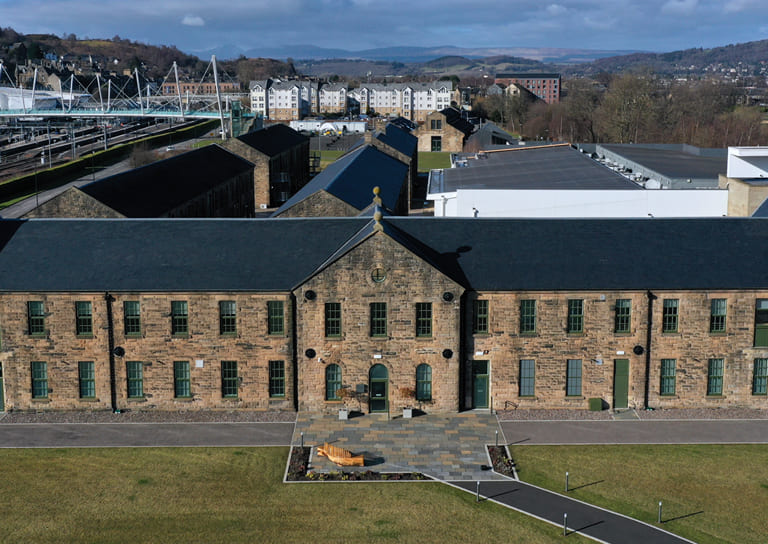
- Support Us
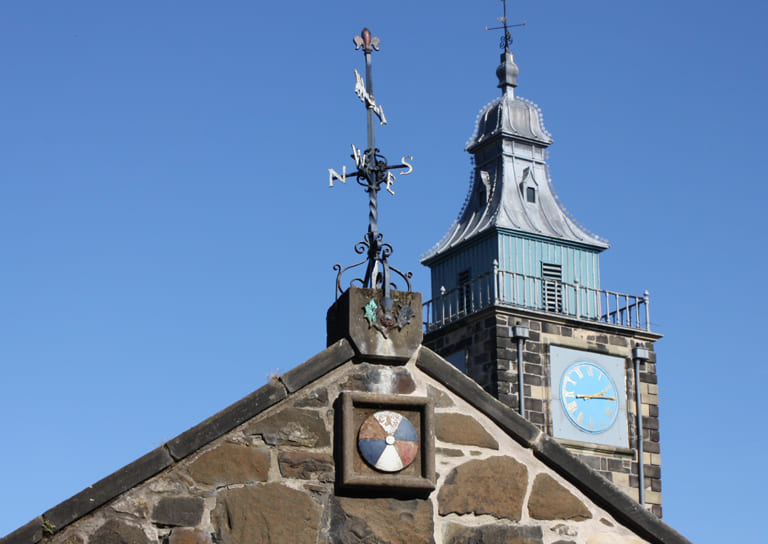
- Contact
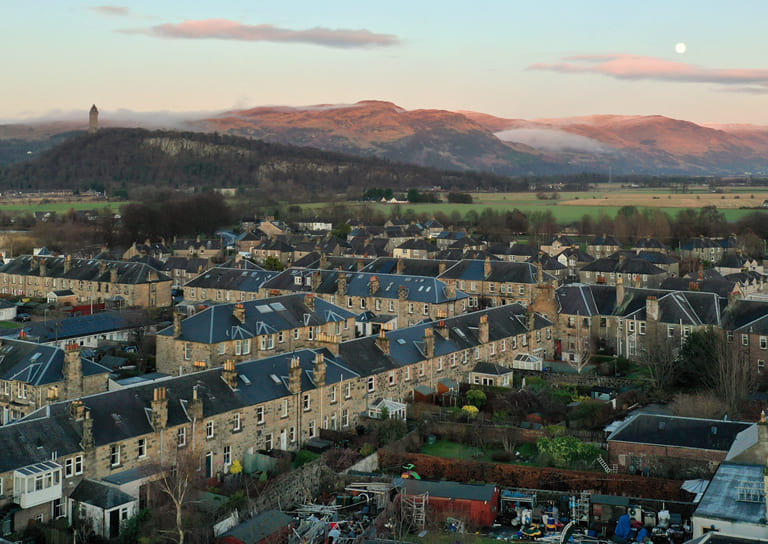
Cambuskenneth Abbey

The ruins of Cambuskenneth Abbey sit in a quiet green space beside the River Forth. The Tower and West Doorway hint at the large Arroussian Monastery which was founded here by King David I (1084-1153) in 1140 AD. Cambuskenneth Abbey was the only Arrousian Abbey established in Scotland, and its importance in late-medieval Scotland can be compared to the other major monastic foundations of David I in Jedburgh, Holyrood and St Andrews.
As Cambuskenneth Abbey was so near to Stirling Castle, it witnessed important moments in Scottish history, particularly during the Scottish Wars of Independence, with parliaments and important meetings being held there throughout the 14th century. The spoils of the Battle at Bannockburn were shared out on the grounds of the abbey in 1314 and it had close links to the reigns of Robert the Bruce (1274-1329), Robert II (1316-1390) and Robert III (c.1337-1406).
In 1486 Margaret of Denmark (1456-1486), Queen of James III (1451/2-1488), died at Stirling Castle and was interred in front of the high alter of Cambuskenneth Abbey. After James III was killed during the Battle of Sauchieburn in 1488 he was buried beside Margaret, and his original tomb was finished in 1502. Unfortunately, this marble tomb was damaged when the abbey was being plundered for stone in the 16th century. The tomb we see today is a Victorian creation, but more on that later.
The abbey declined in importance and fell into disuse during the Scottish Reformation. By 1560 the abbey was under the control of the Keeper of Stirling Castle, John Erskine, Earl of Mar (d.1572). Erskine had a great deal of masonry removed from the abbey, which was already in poor condition, and used it for construction projects in Stirling Castle. It’s thought that Erskine also used the abbey’s masonry to construct Mar’s Wark, his own grand townhouse near the castle. The story goes that the huge bell from the bell-tower was also removed at this time, but it fell into the River Forth whilst being transported.
Fast forward to the 1860s, and William Mackison (1833-1906), as Master, Burgh Surveyor and Town Architect of Stirling, carried out restoration works and an excavation of the abbey site. Mackison was born in Stirling, but grew up in Dundee. By 1858 he had formed a partnership with his uncle, Francis Mackison, a civil engineer and architect in Stirling, and in 1862 he married Elizabeth Watts and moved to 23 King Street.
During Mackison’s excavation of the site bones were discovered in the presbytery of the Church and were thought to be those of James III and Margaret of Denmark. The bones were then reburied in a grand new monument on the command of Queen Victoria (1819-1901). Interestingly, JT Rochead (1814-1878), architect of the National Wallace Monument, also took part in these excavations. The work carried out by Mackison on Cambuskenneth Abbey does not meet today’s standards, but they are still a significant example of early conservation works to historic buildings and monuments.
Cambuskenneth Abbey is free to visit and is under the care of Historic Environment Scotland, and you can visit the grounds and tower from the 1st of April to the 30th of September daily from 9:30-5:30.



